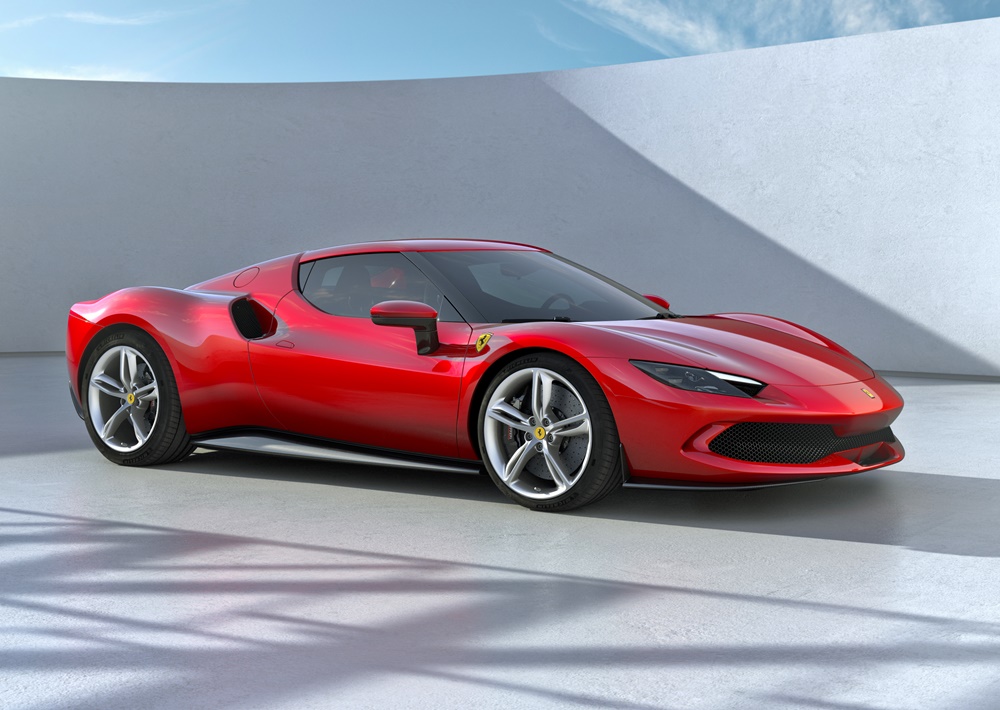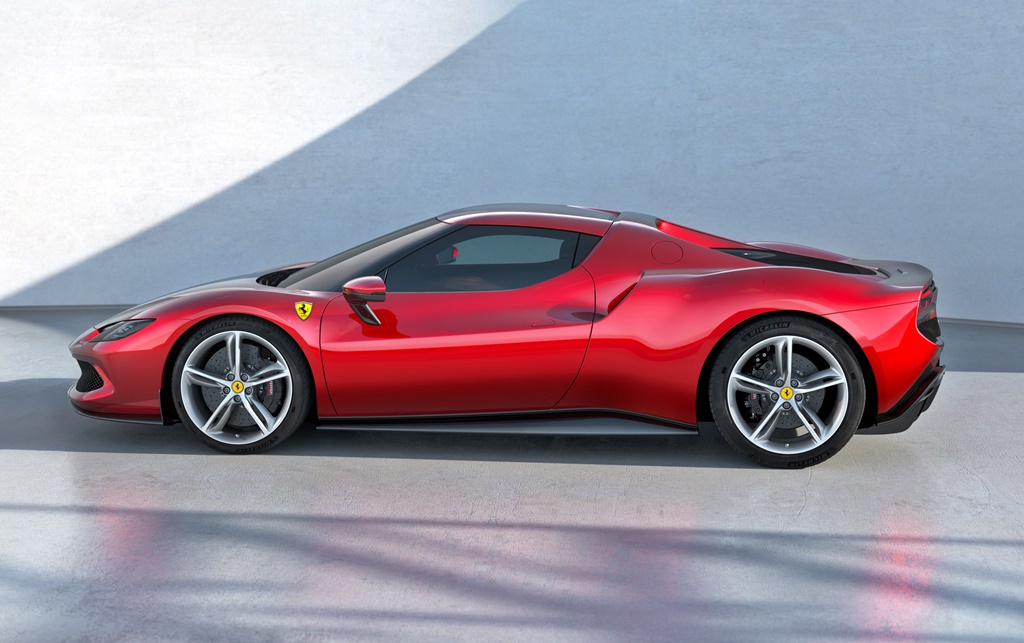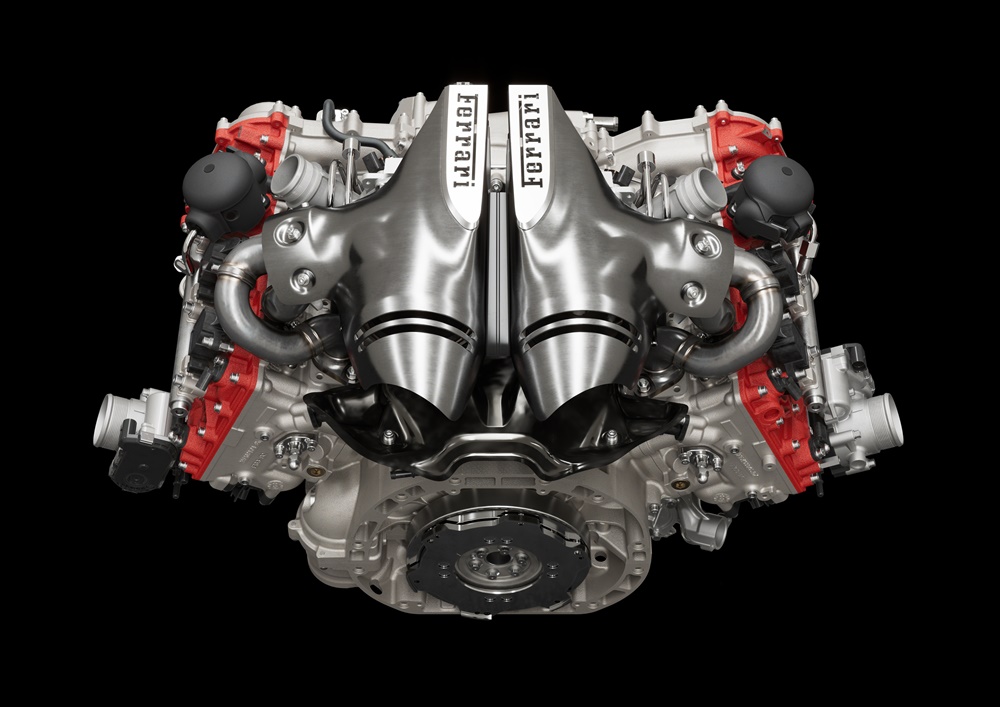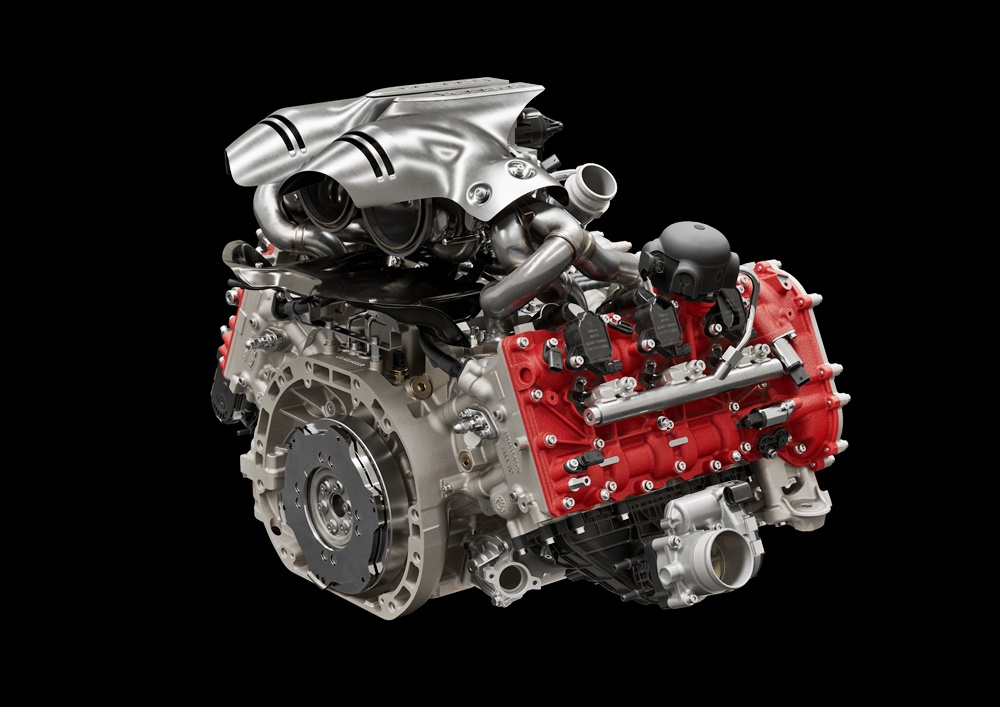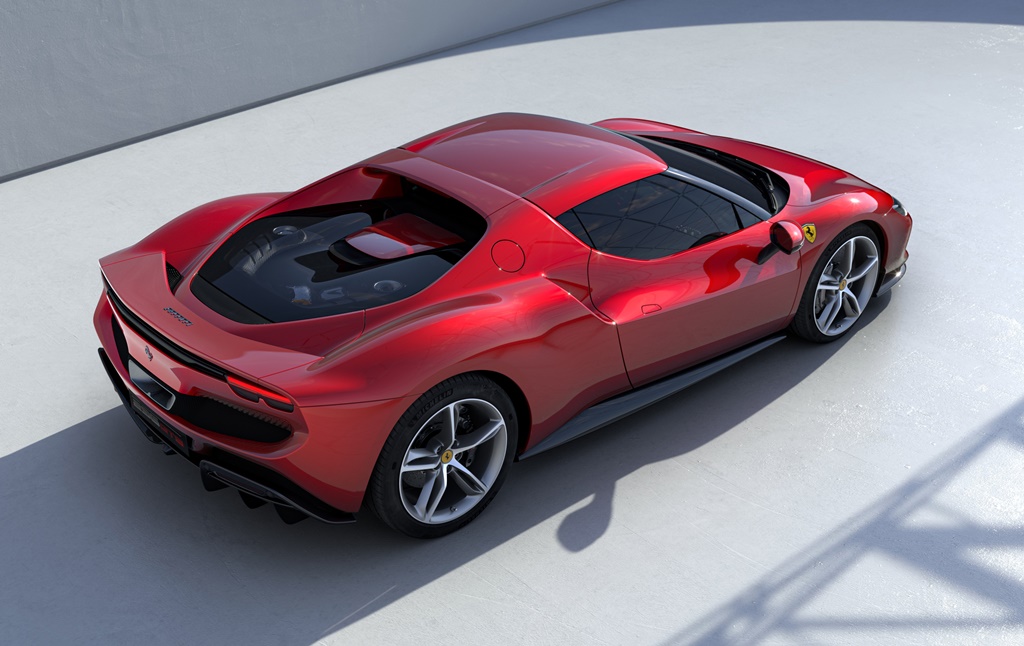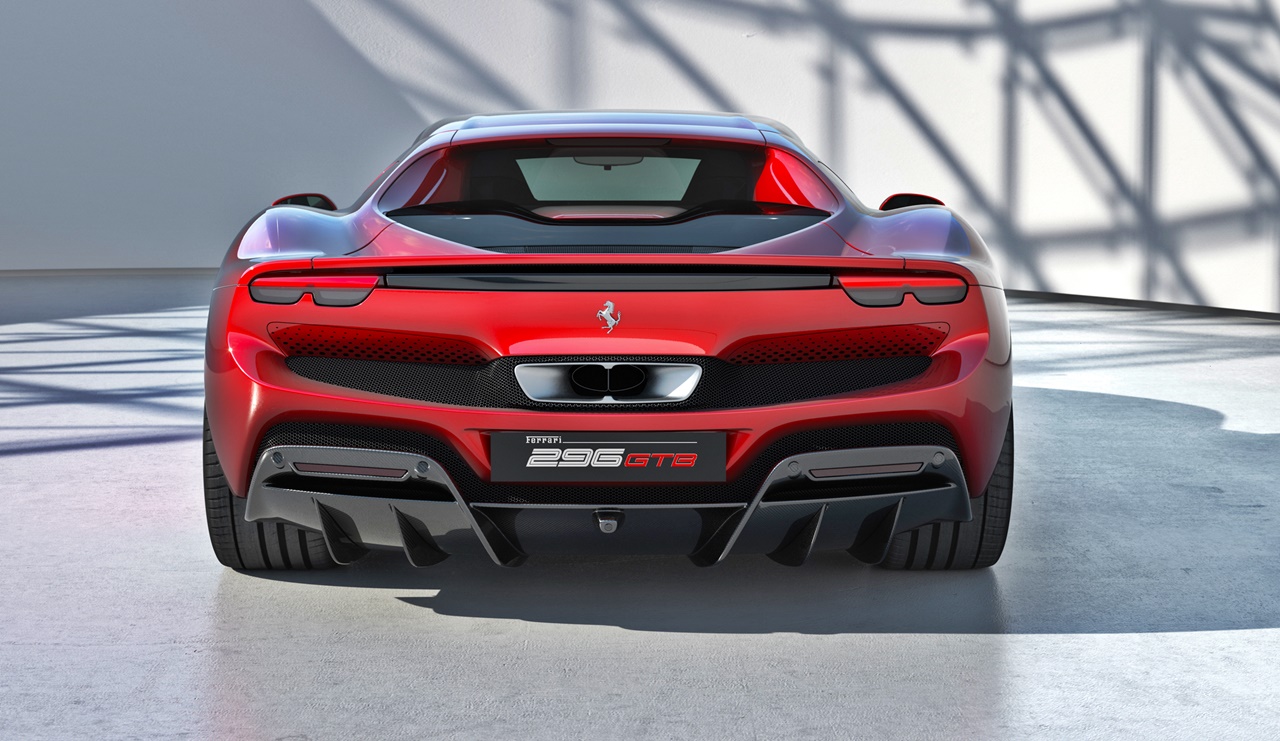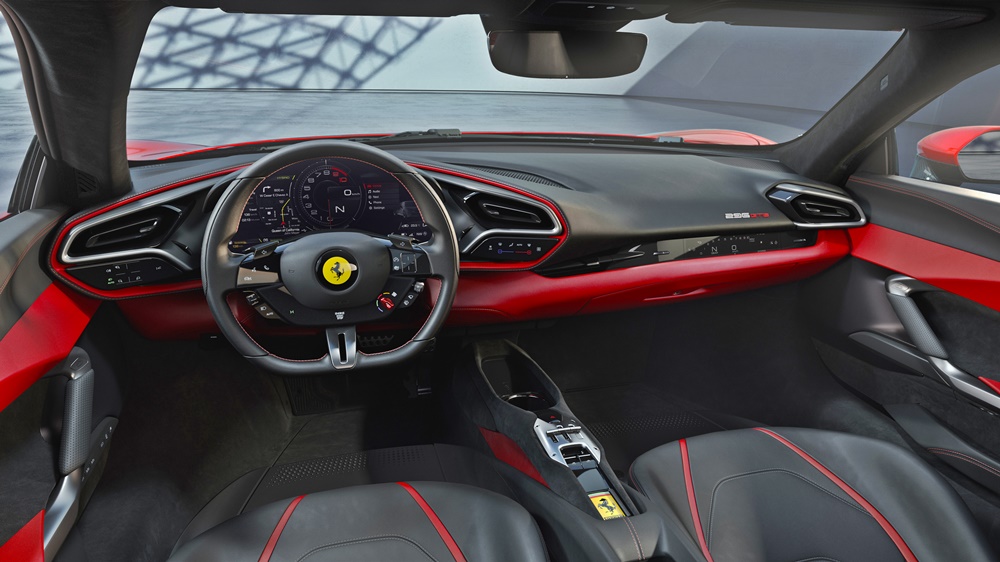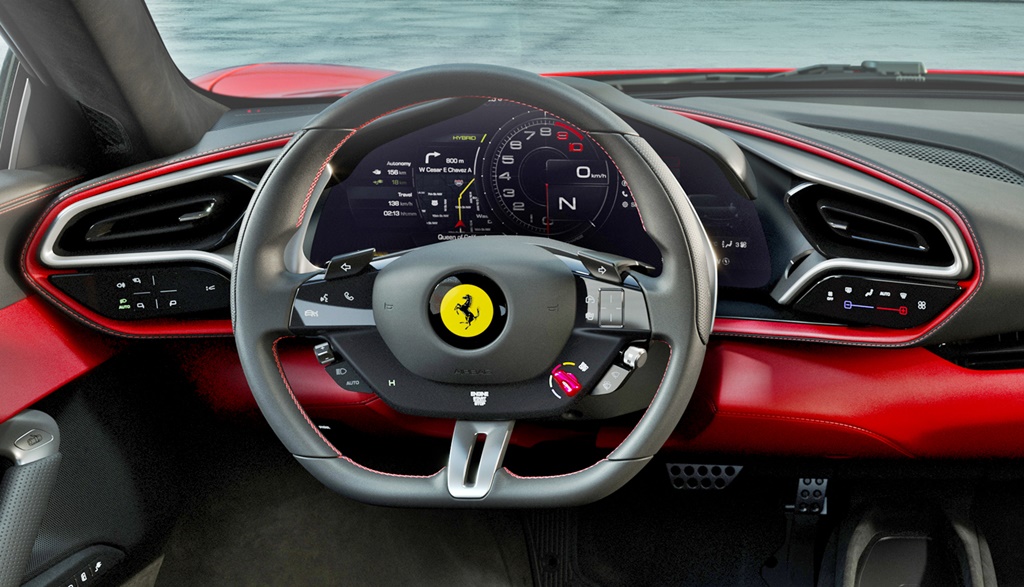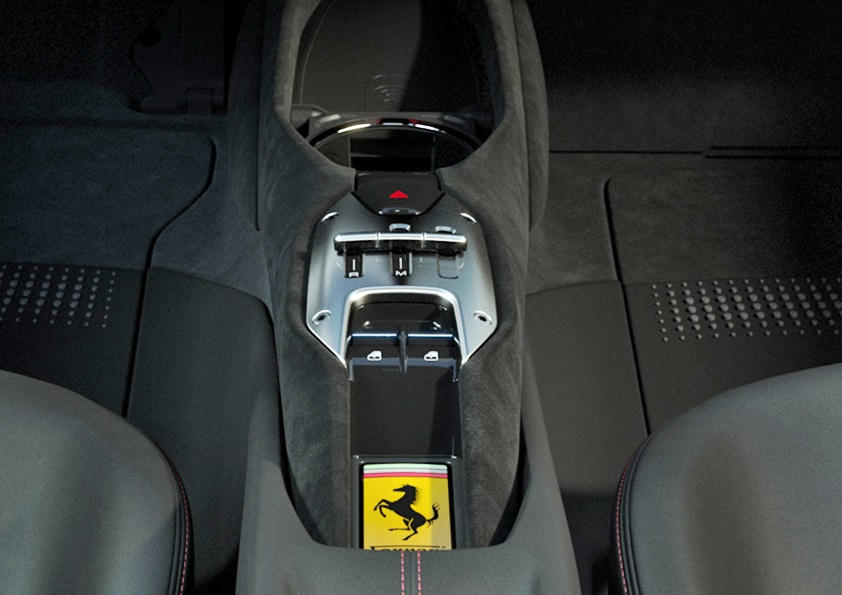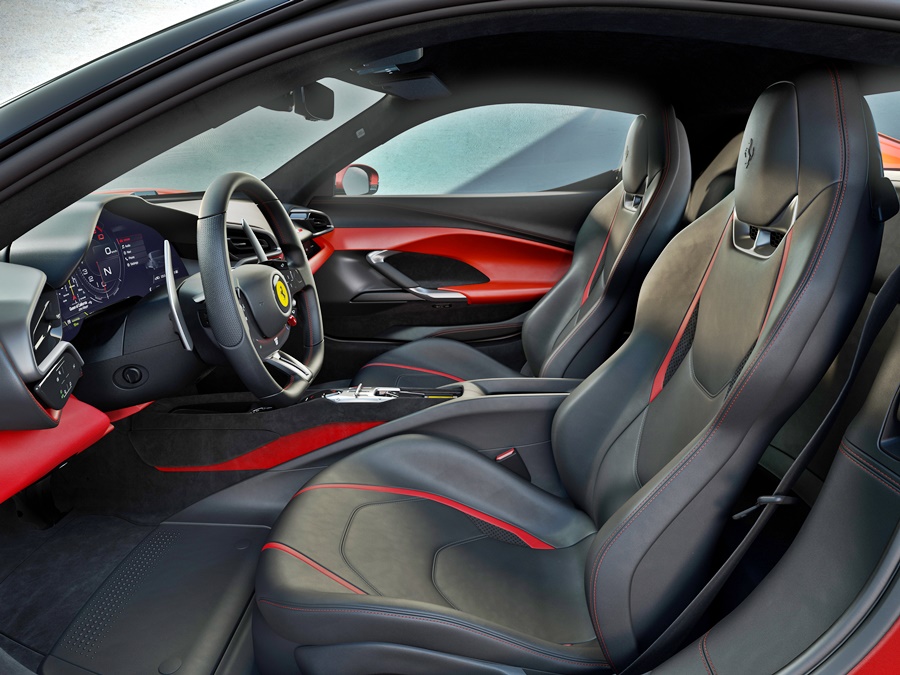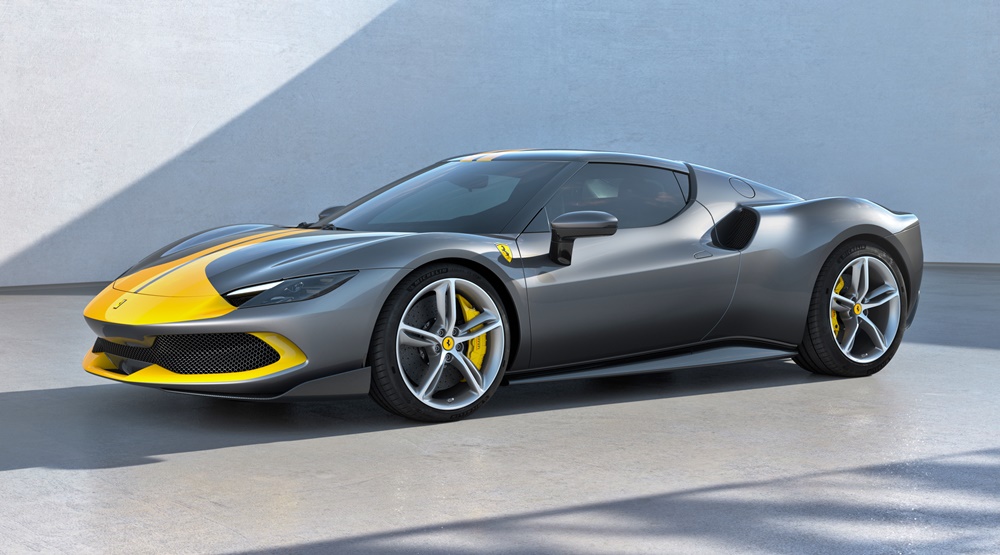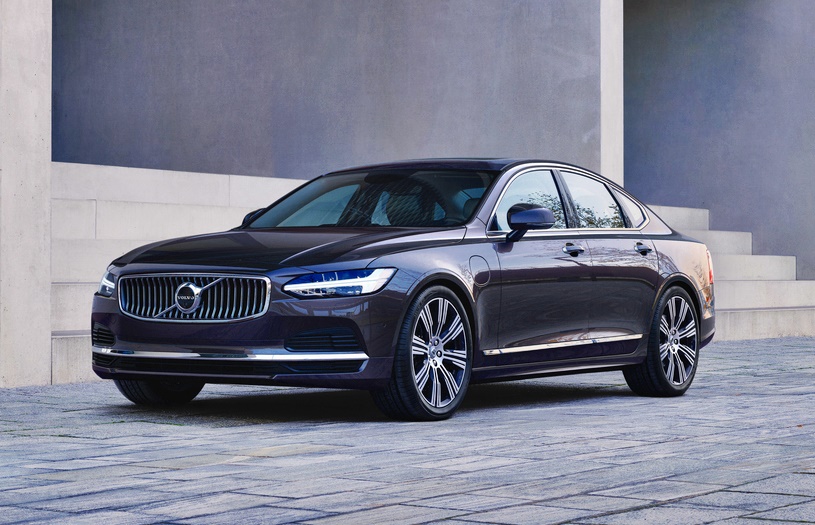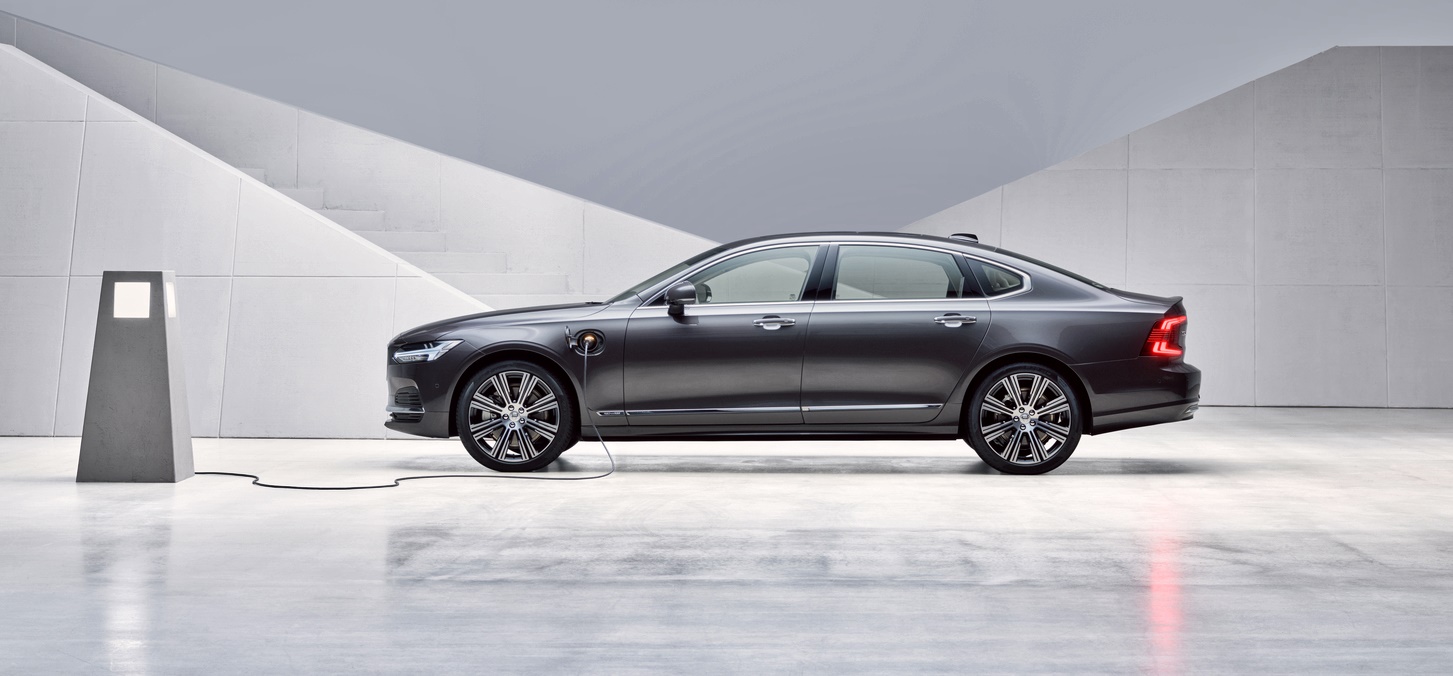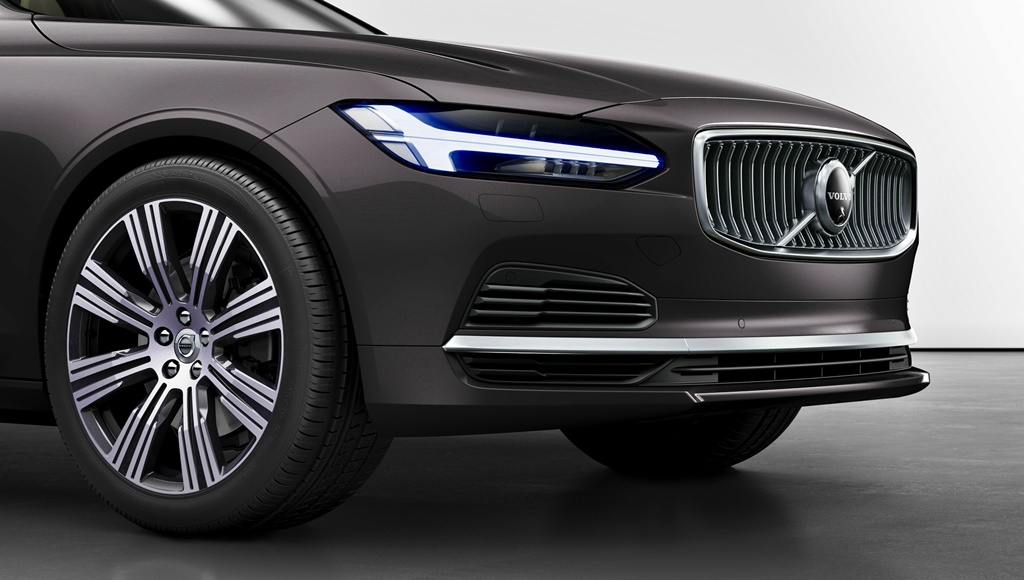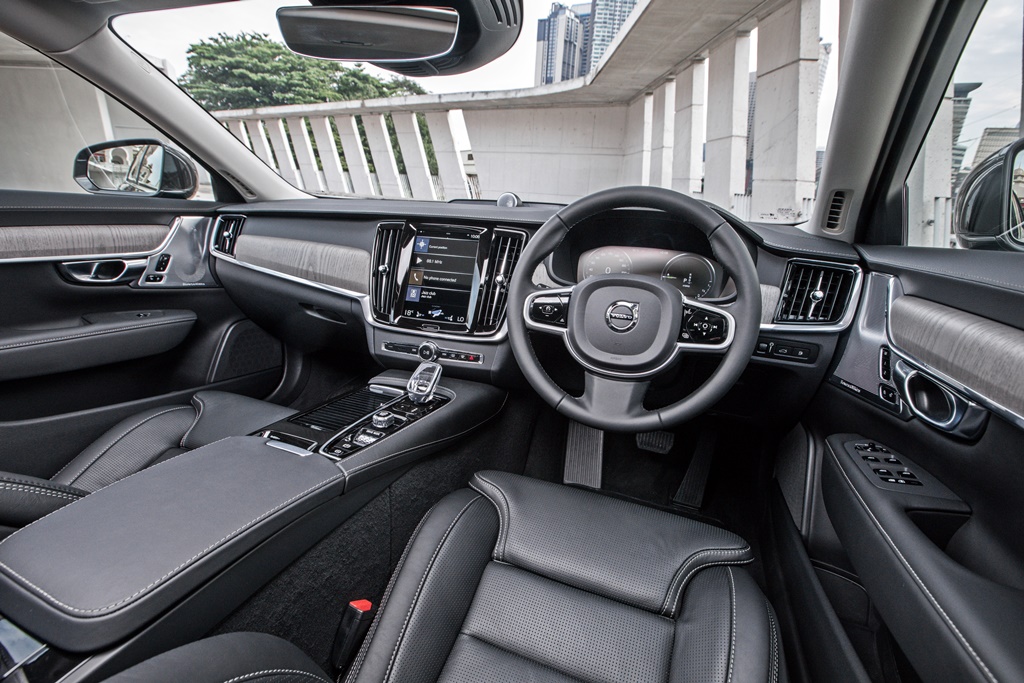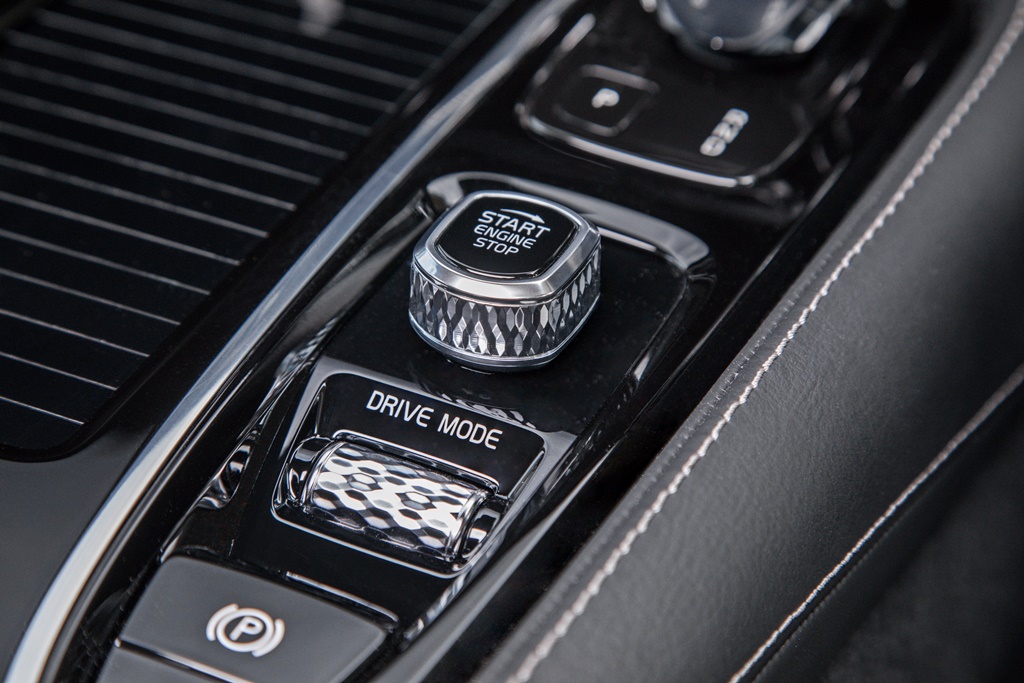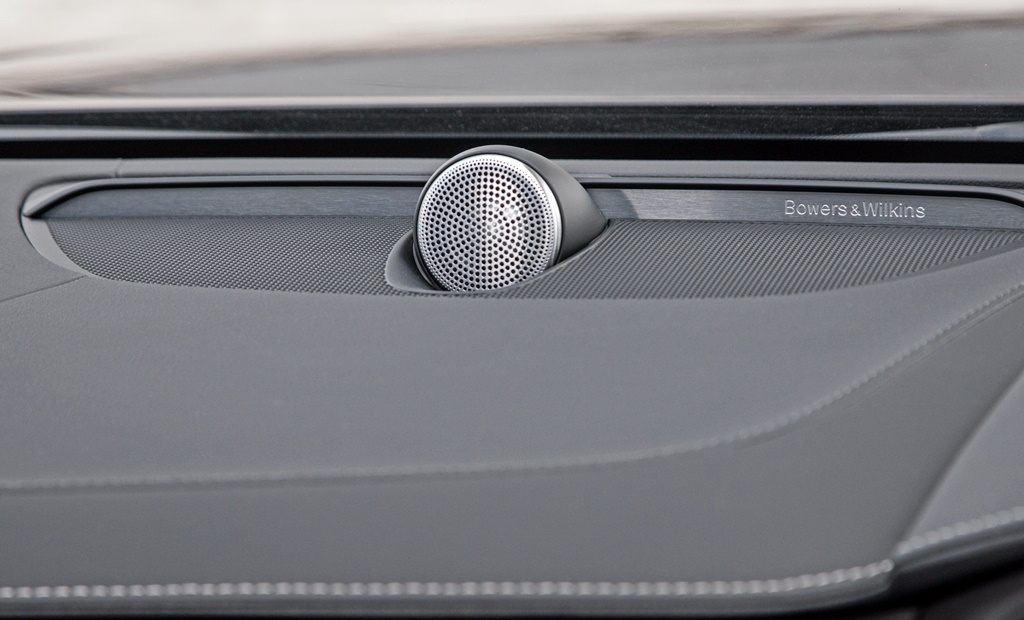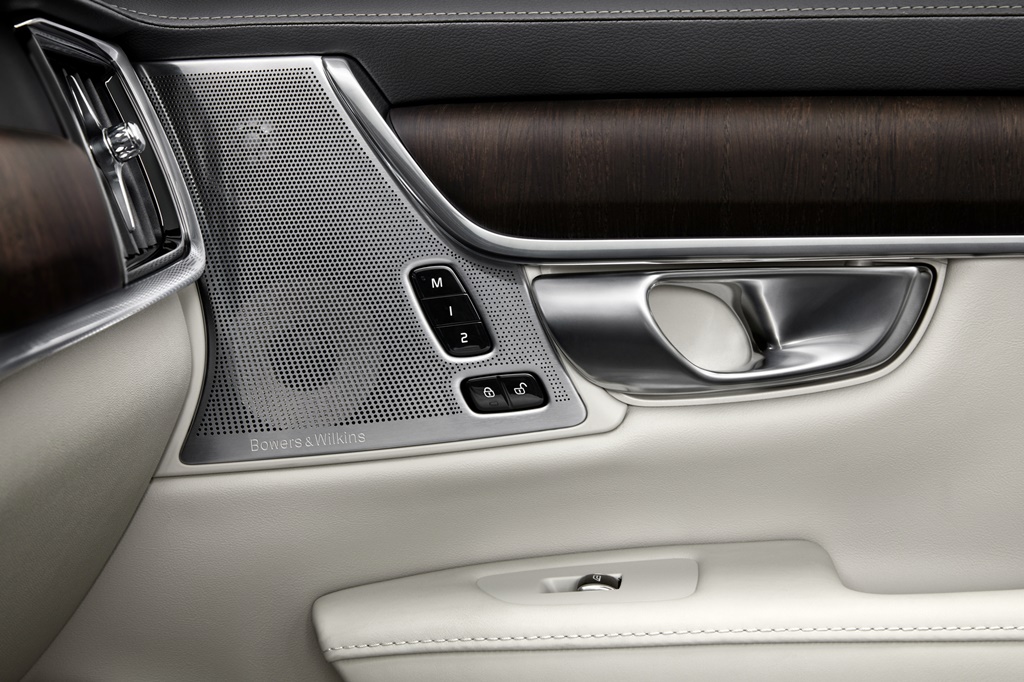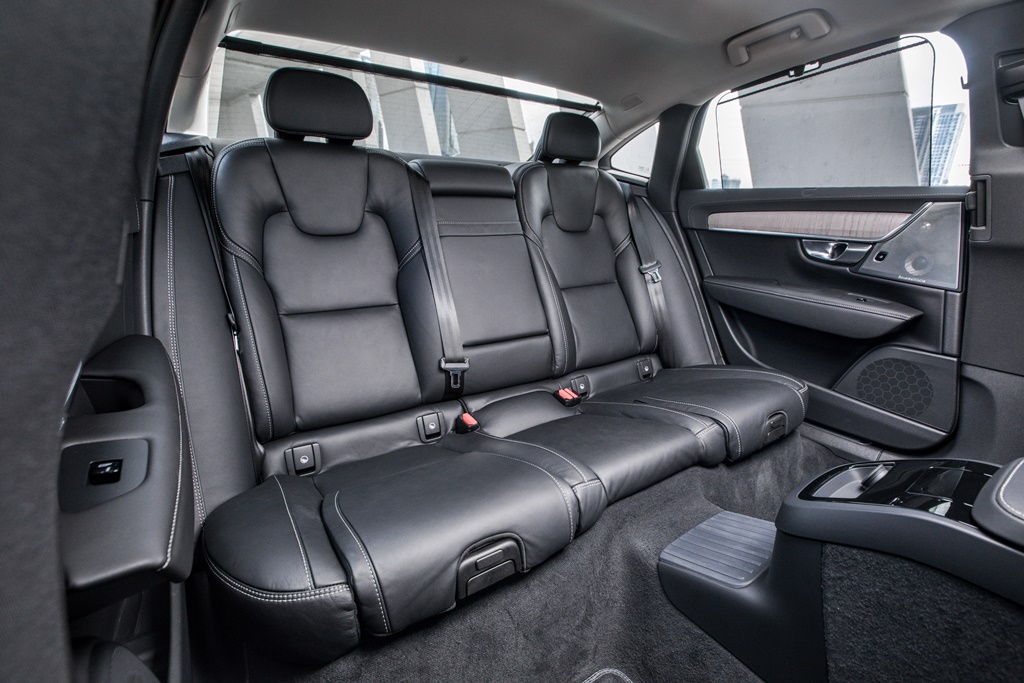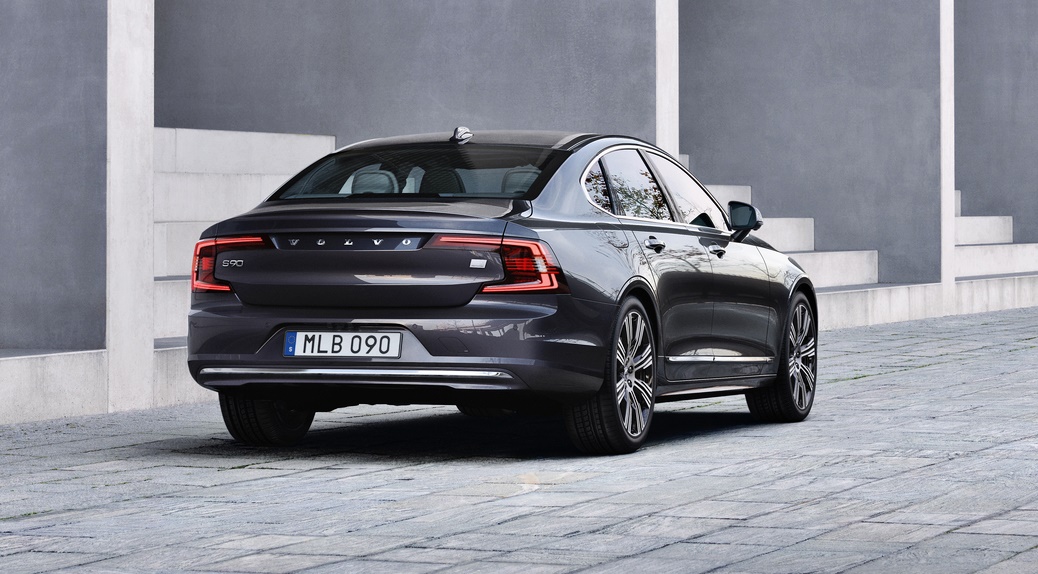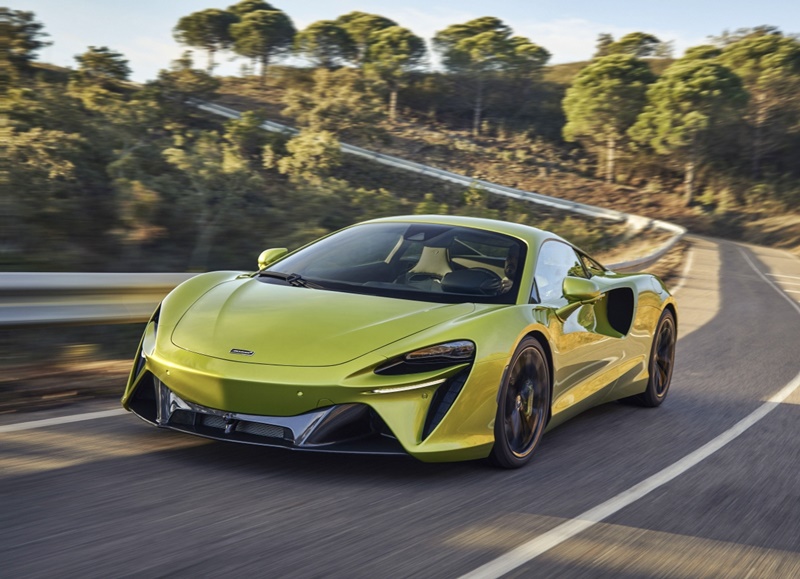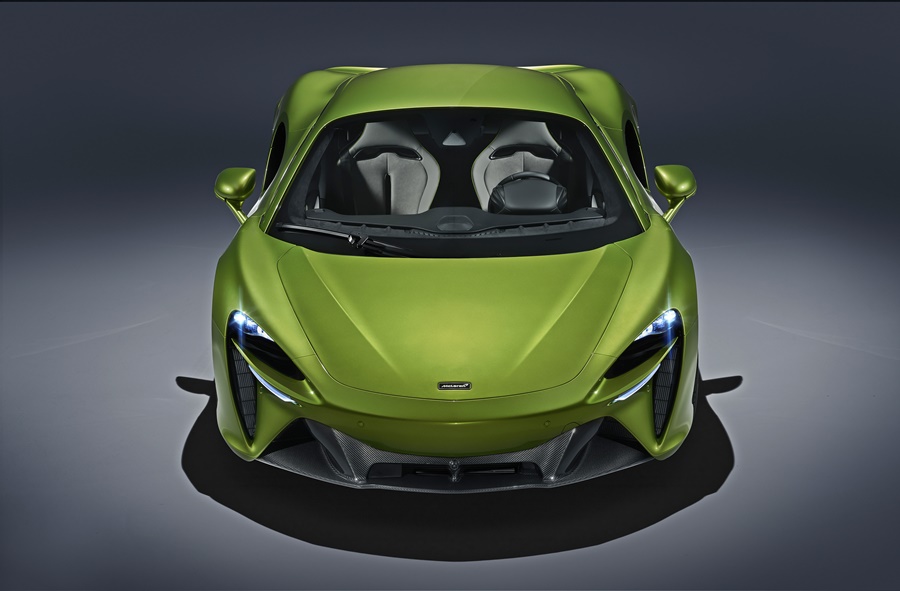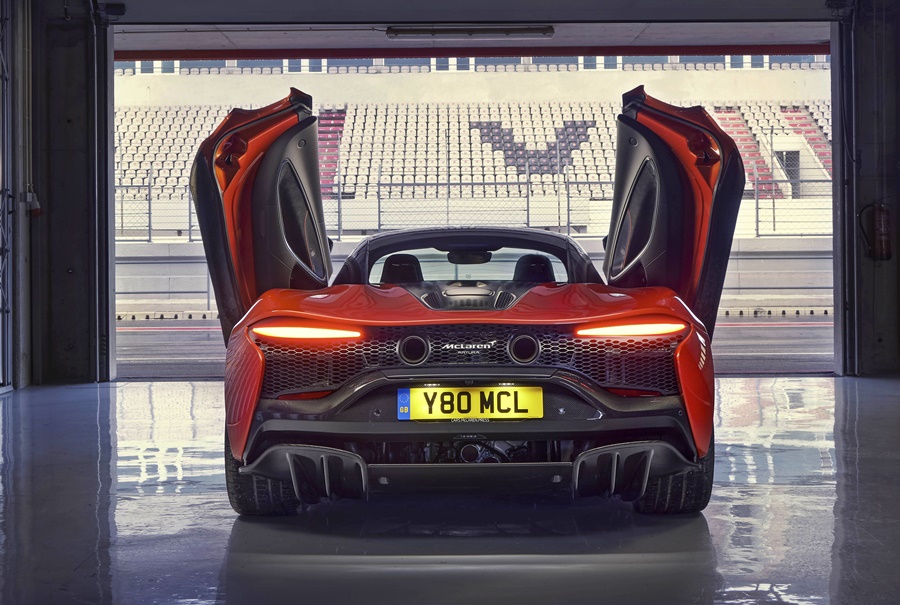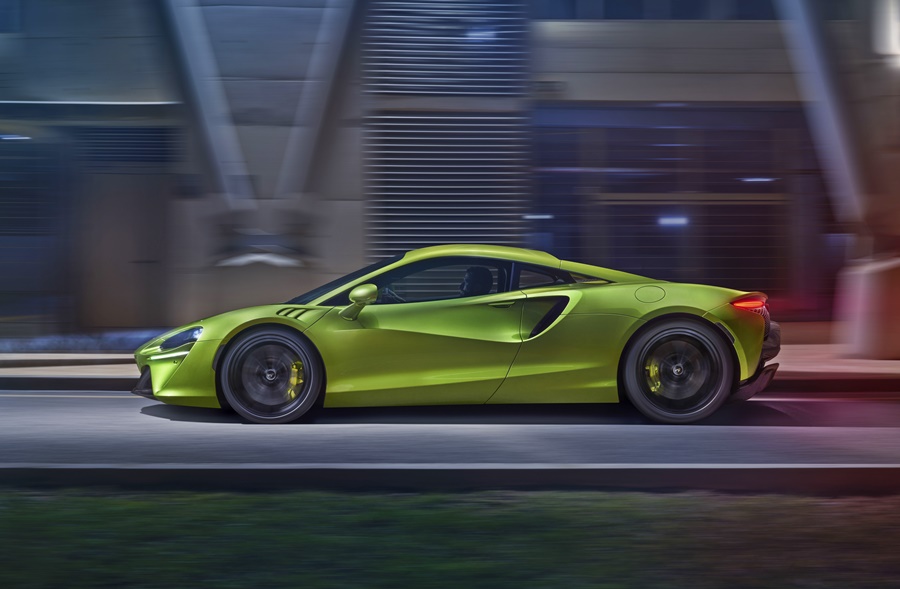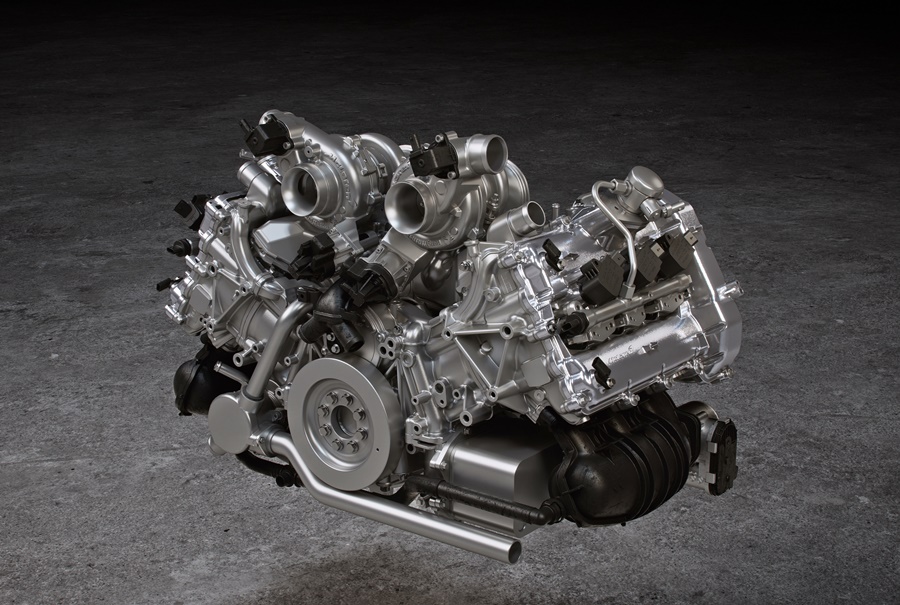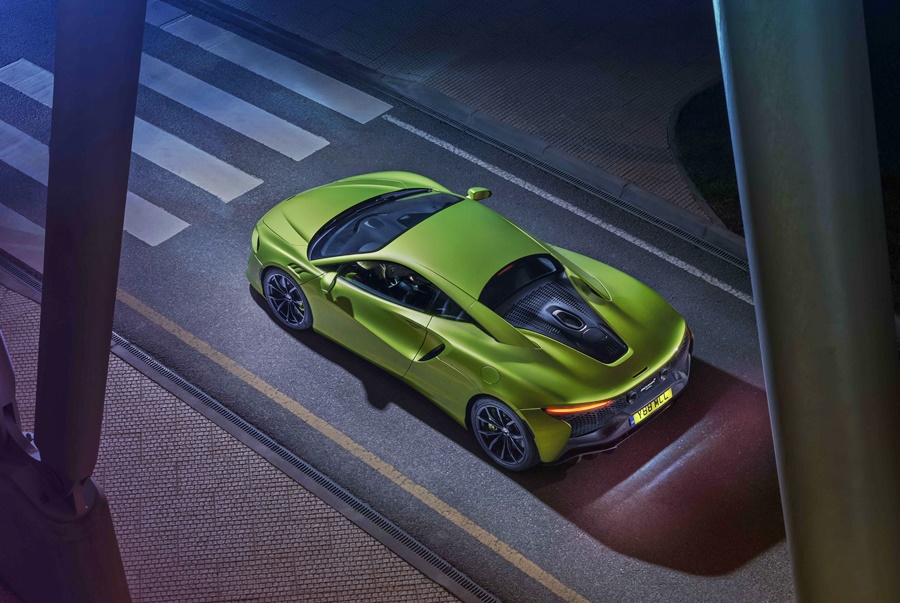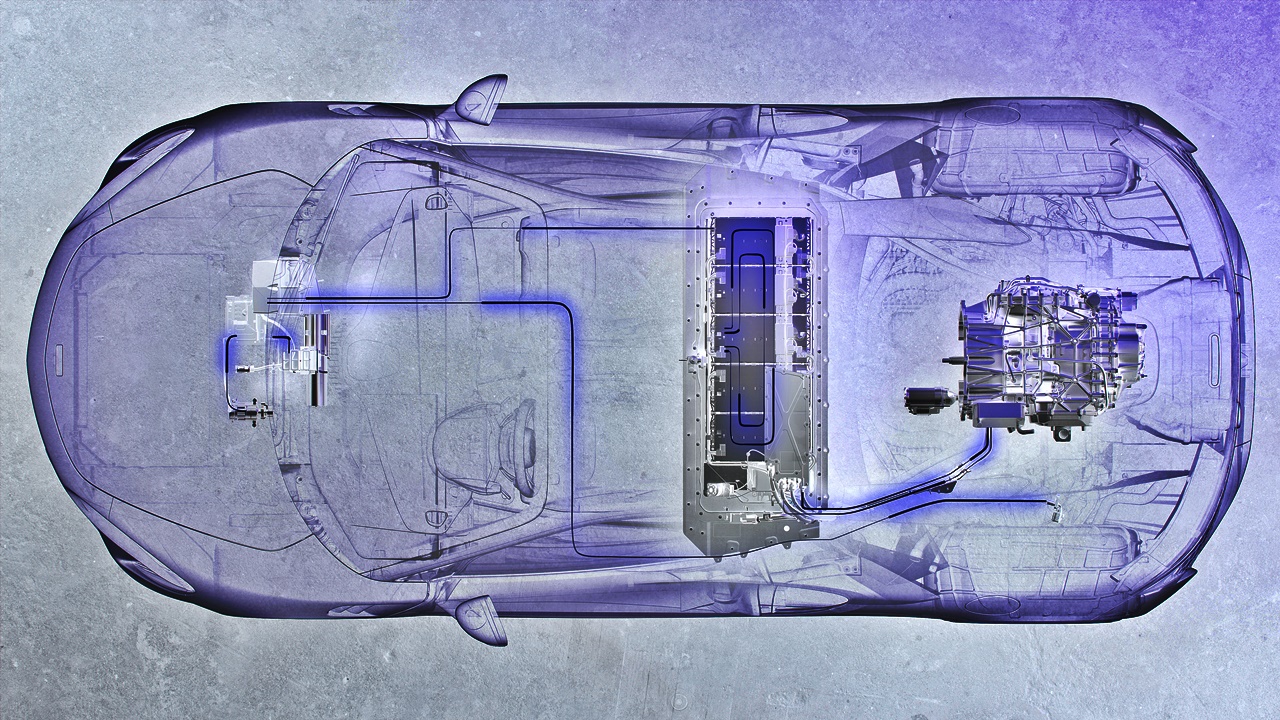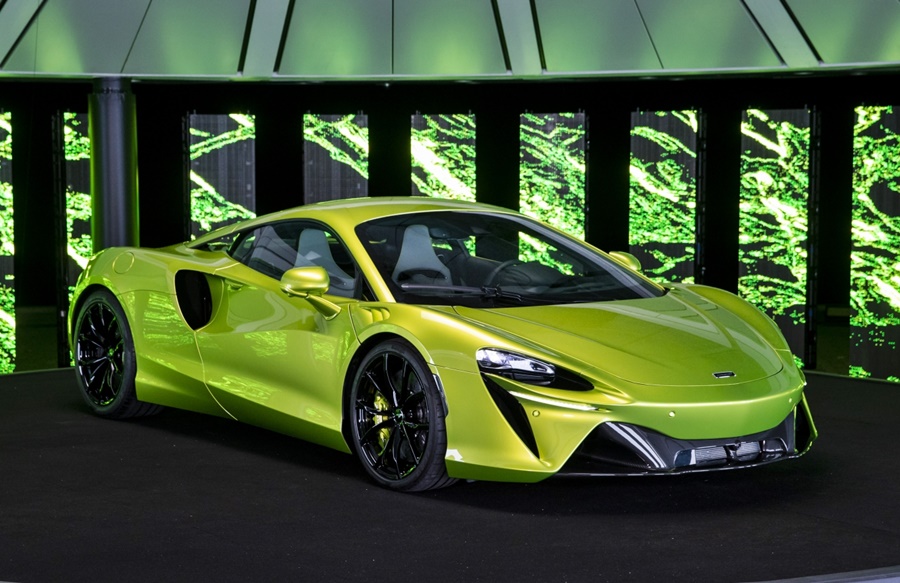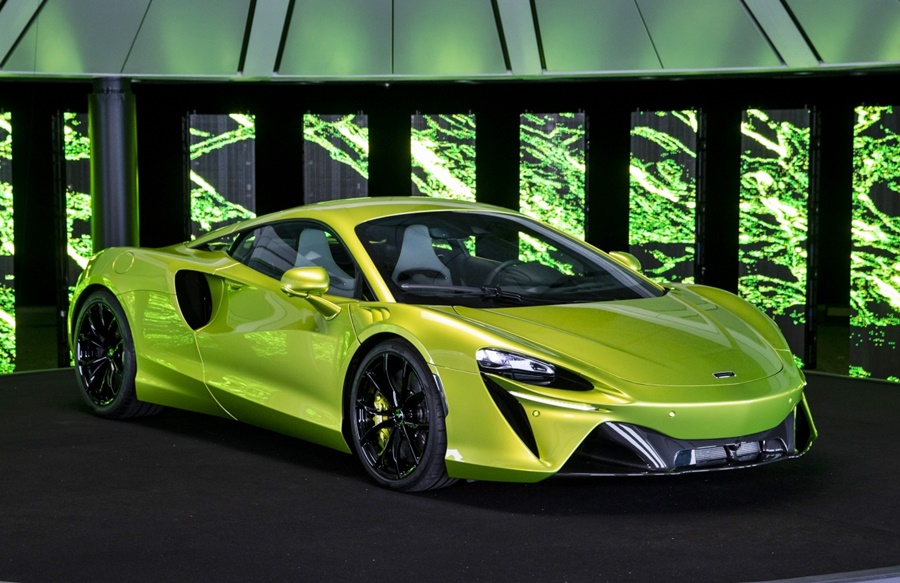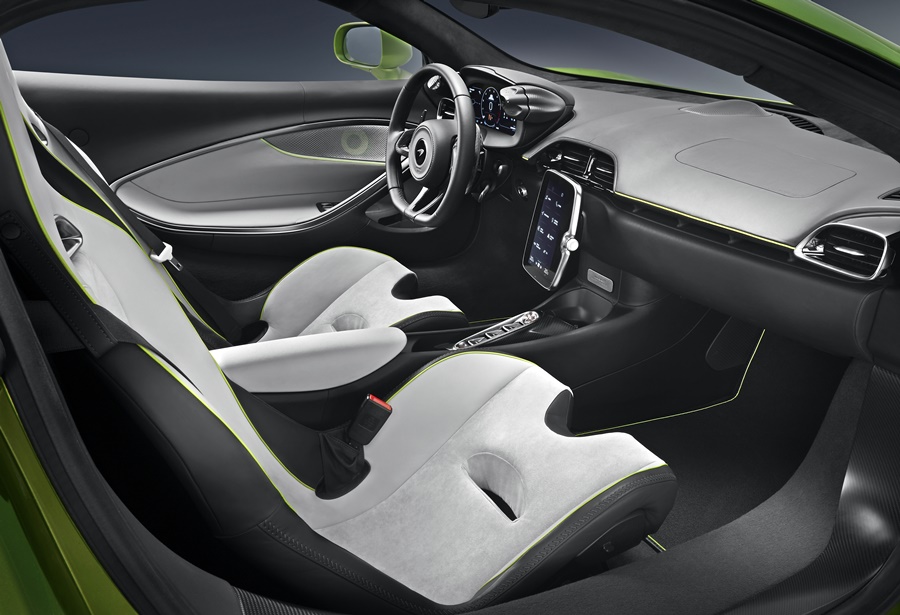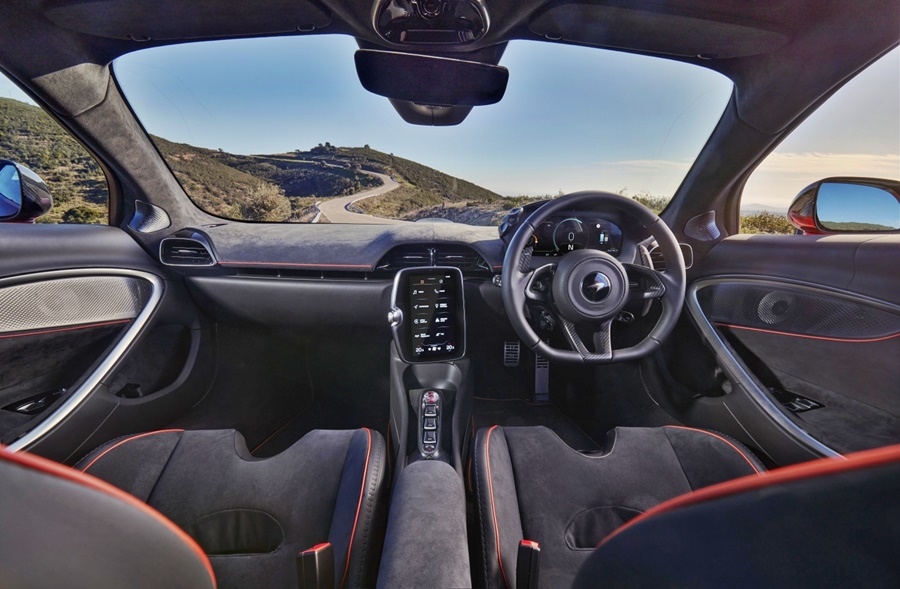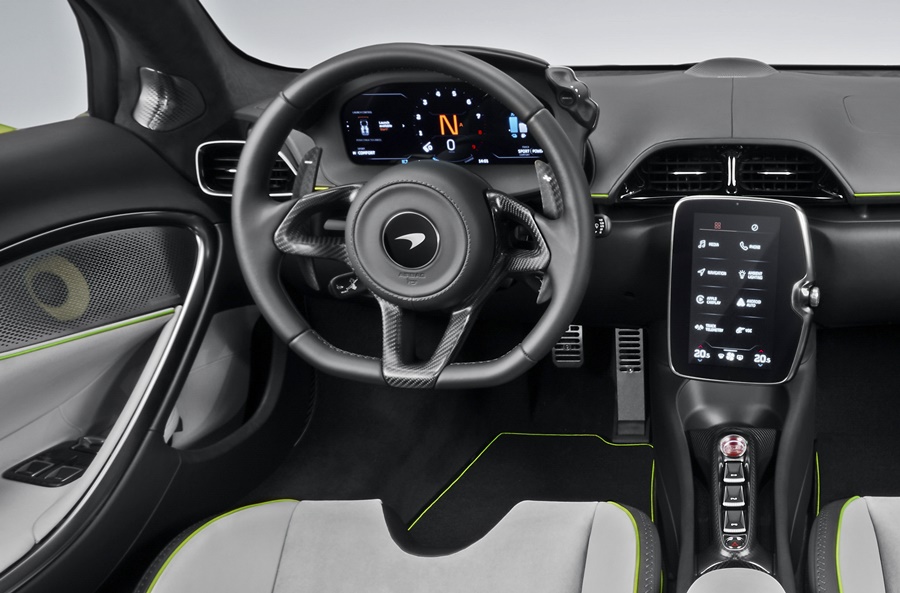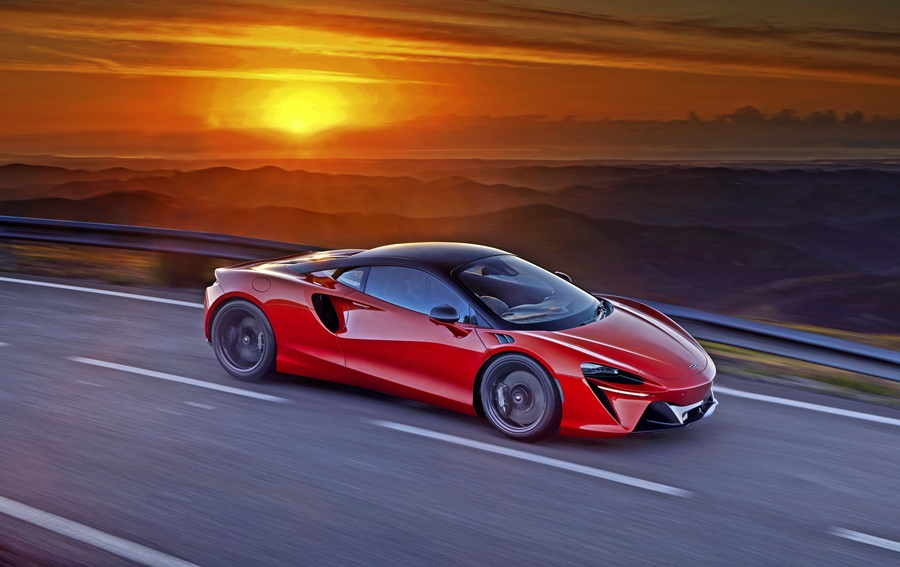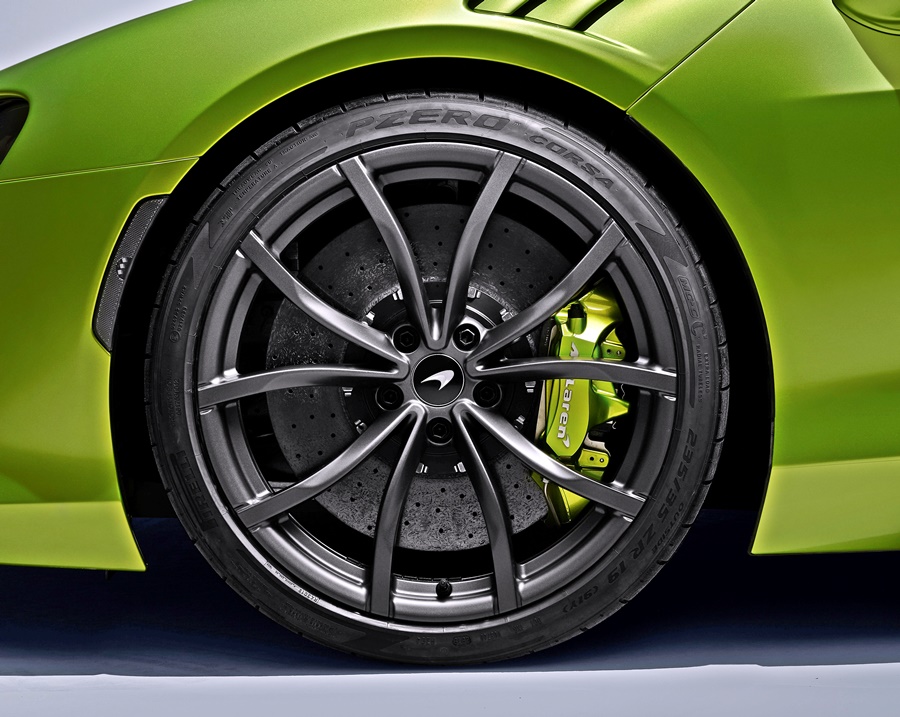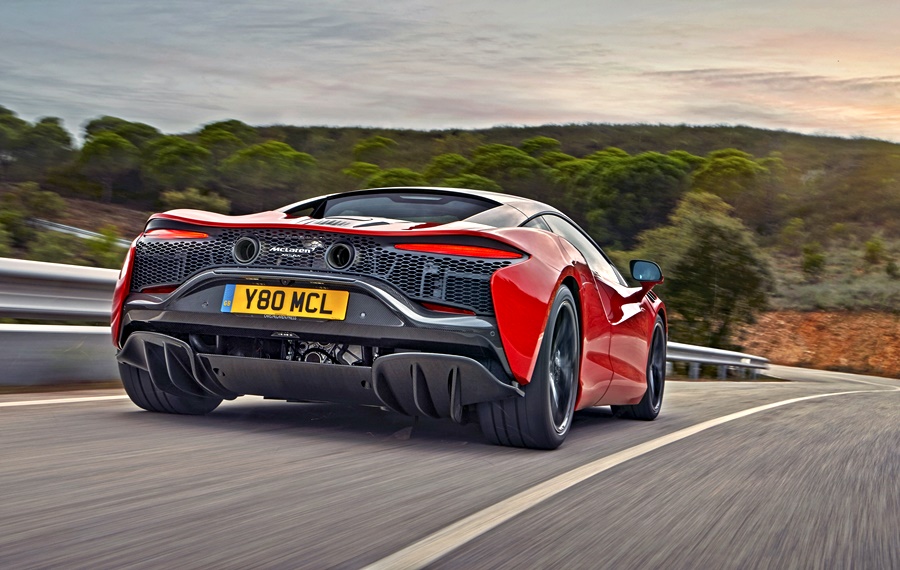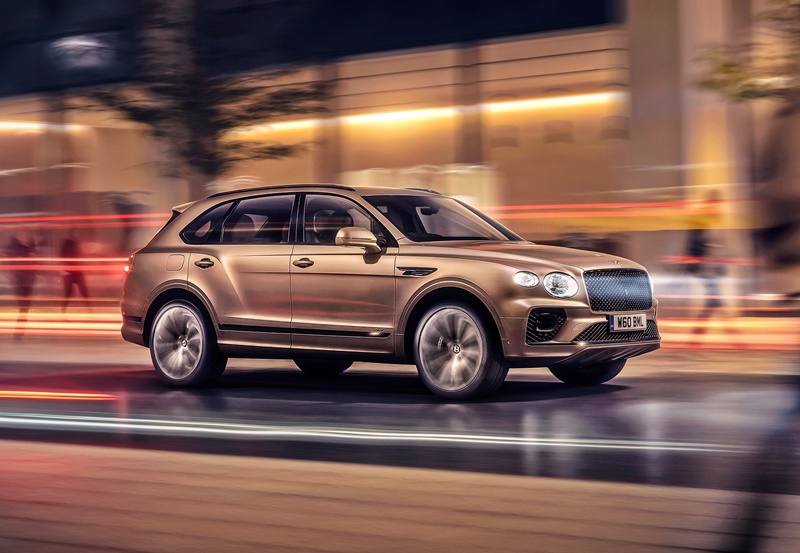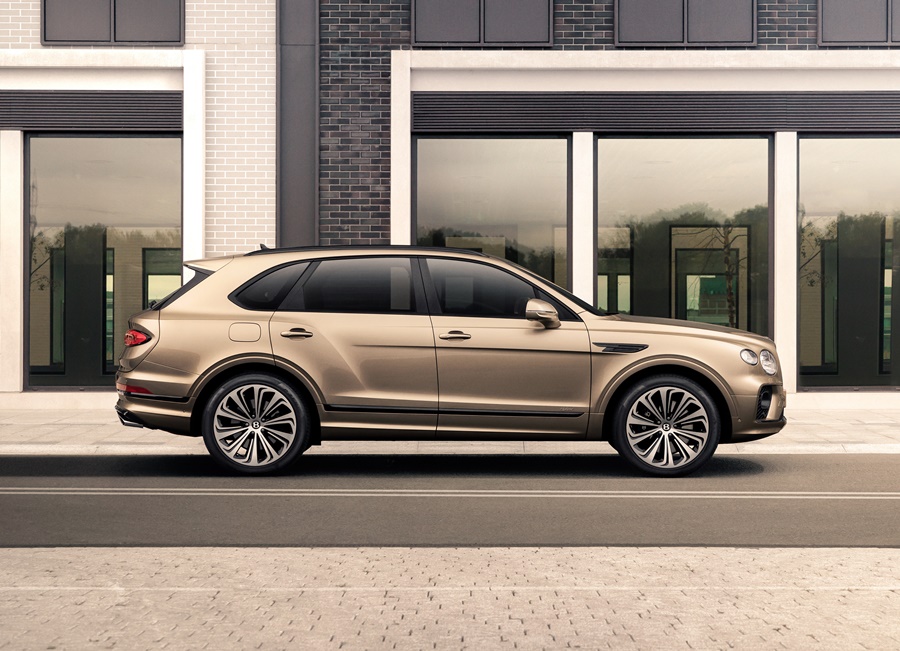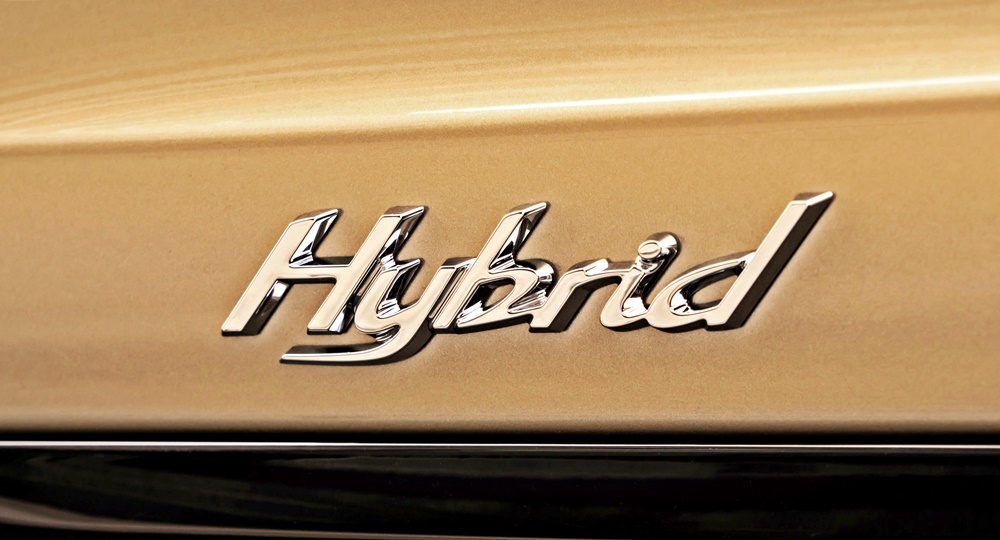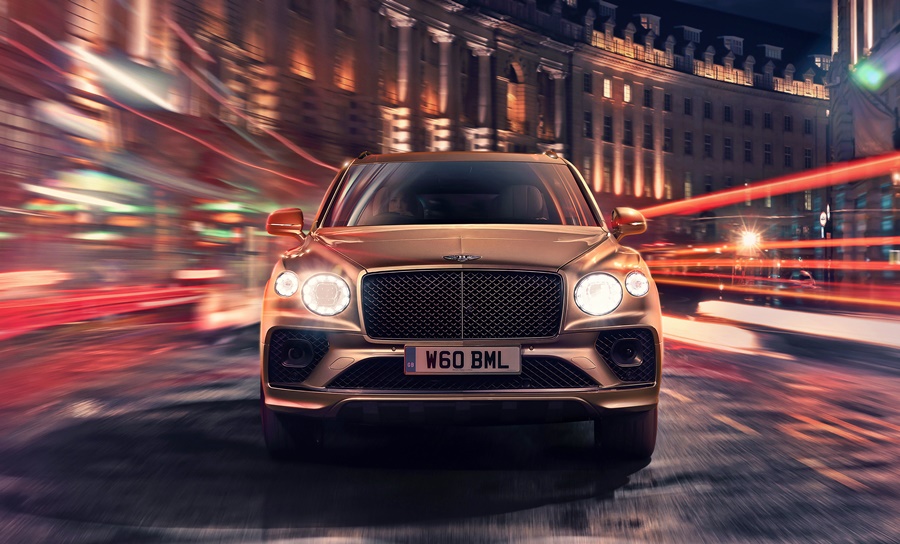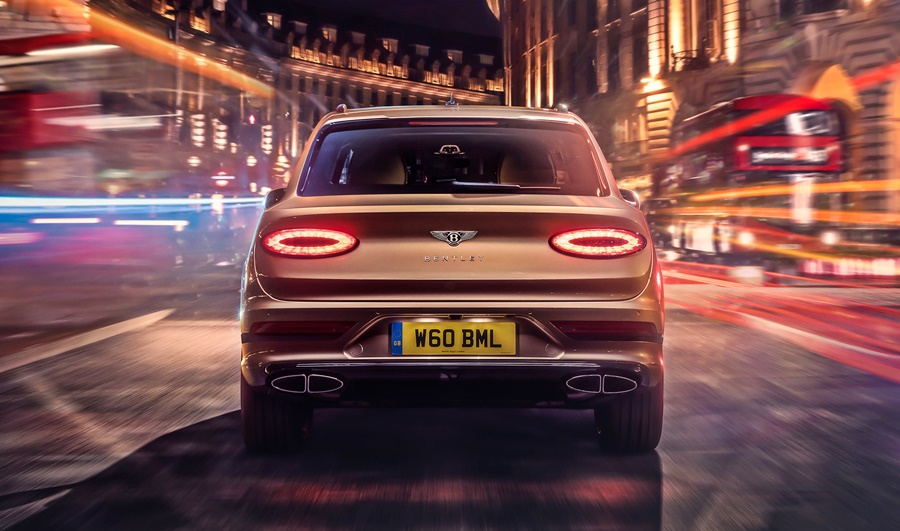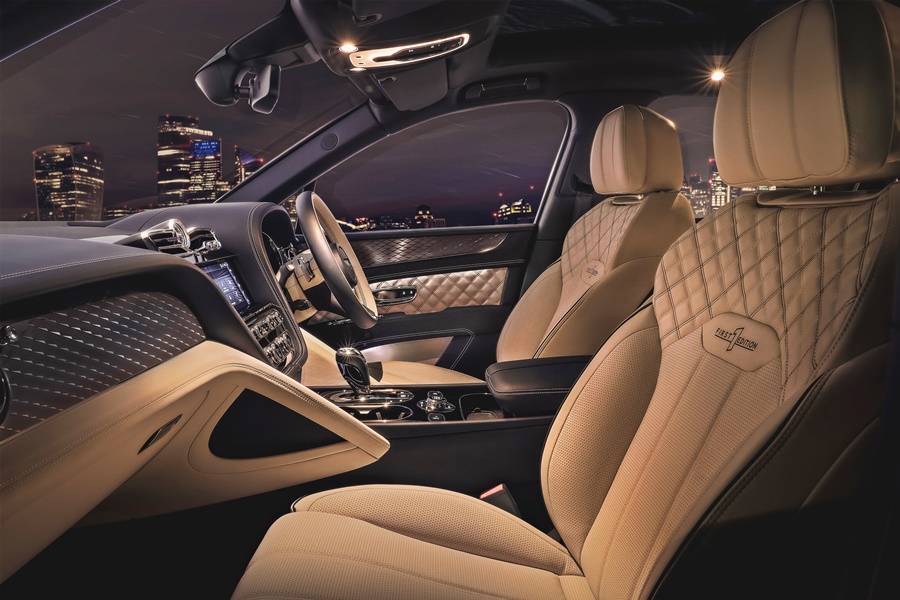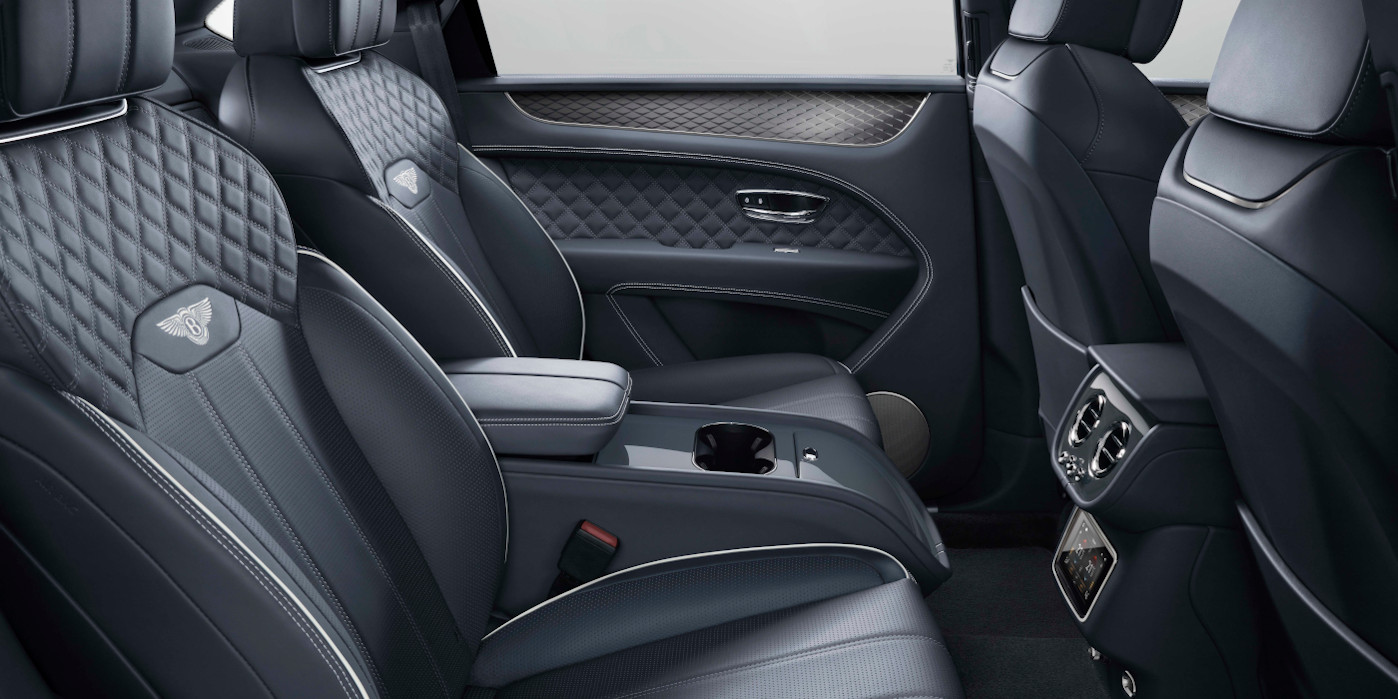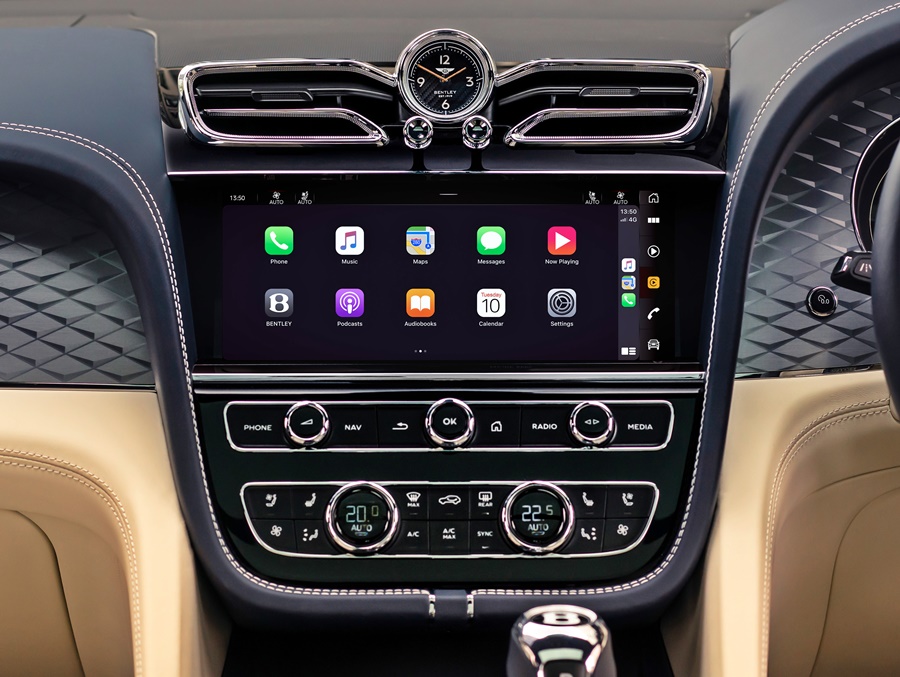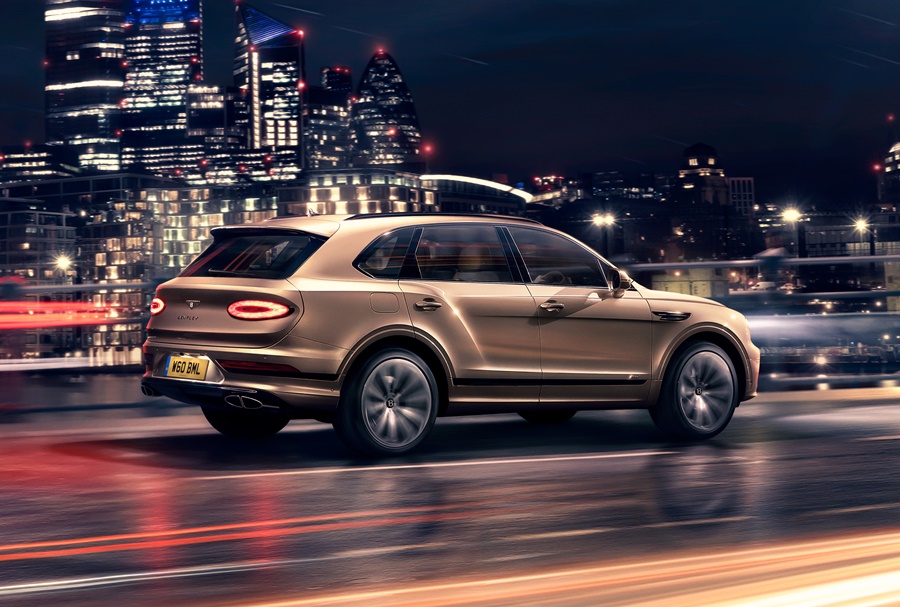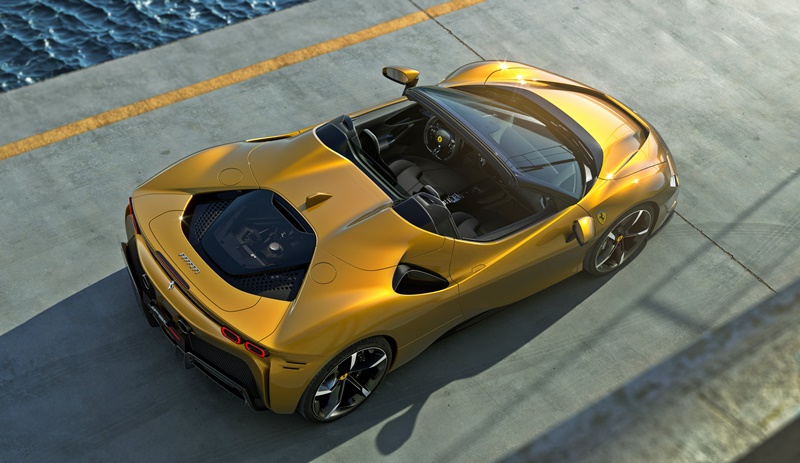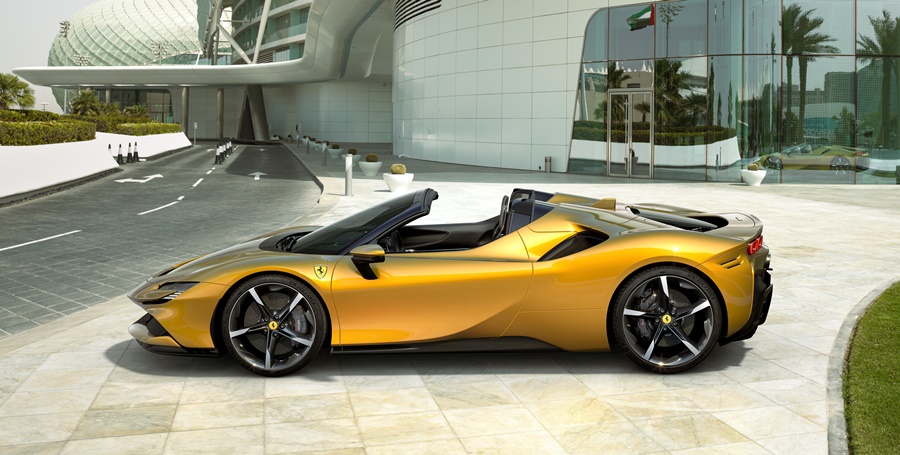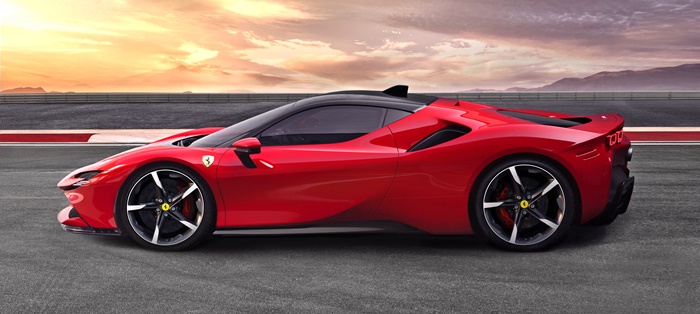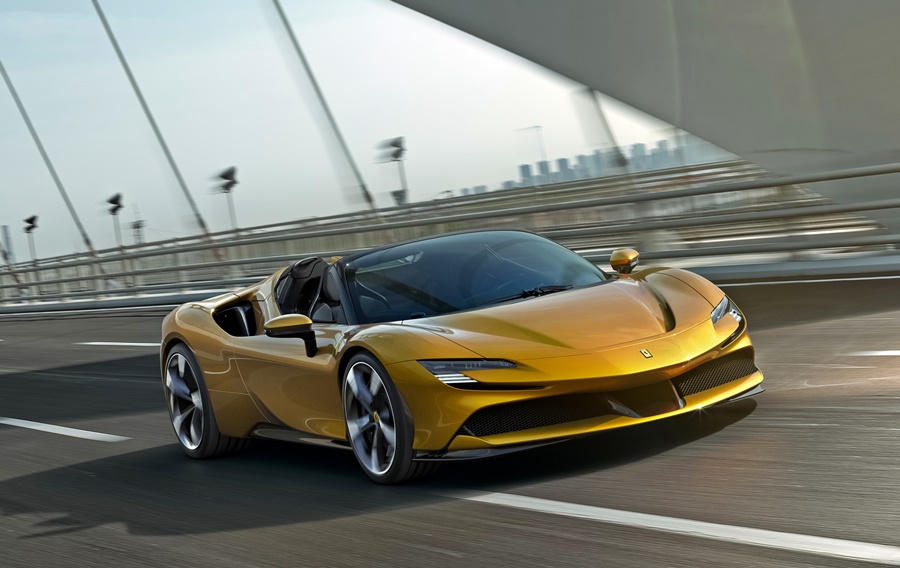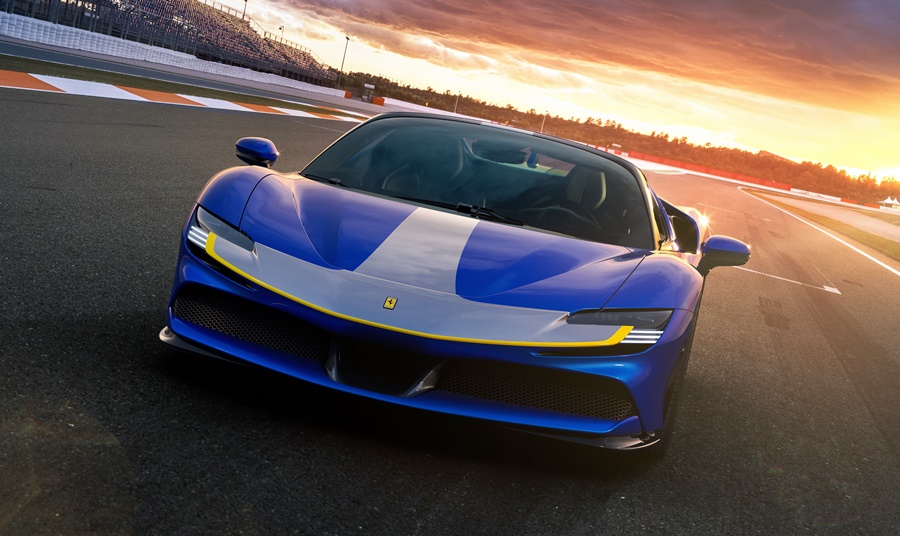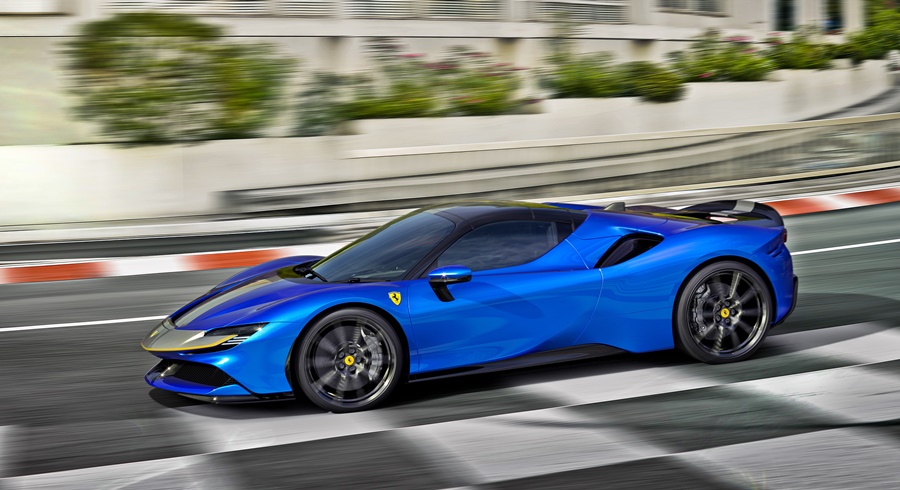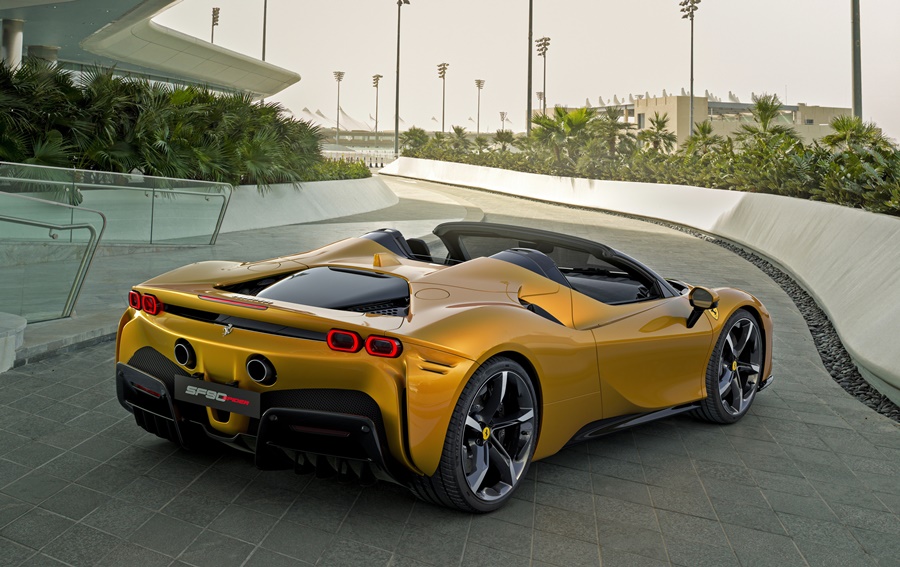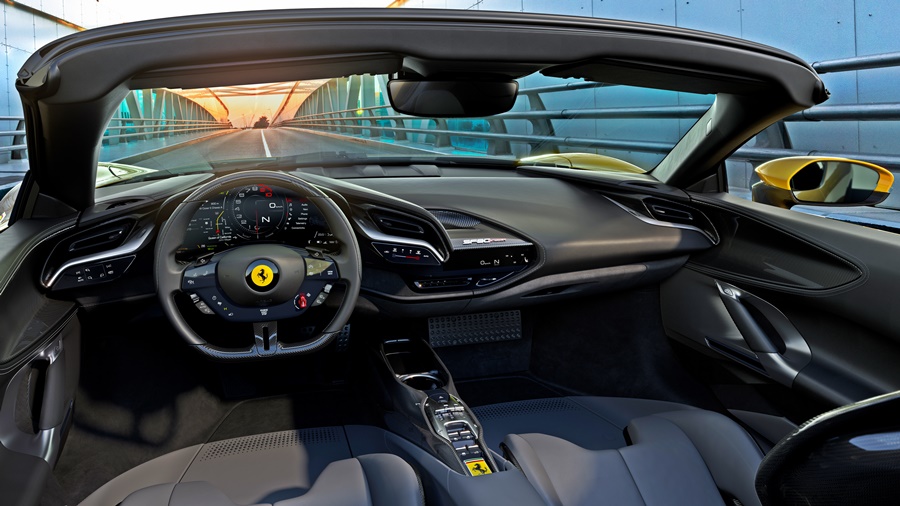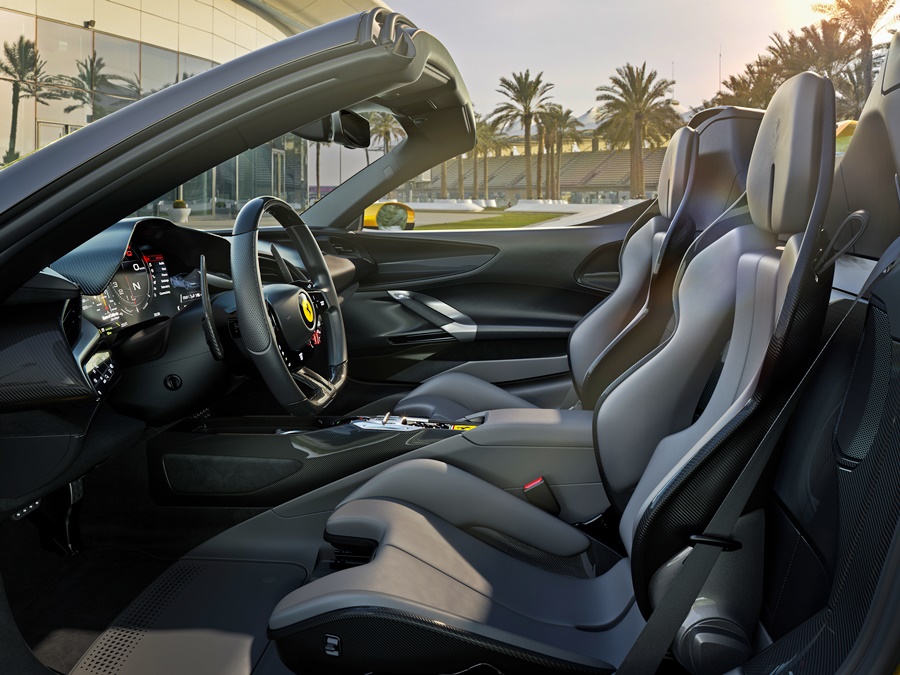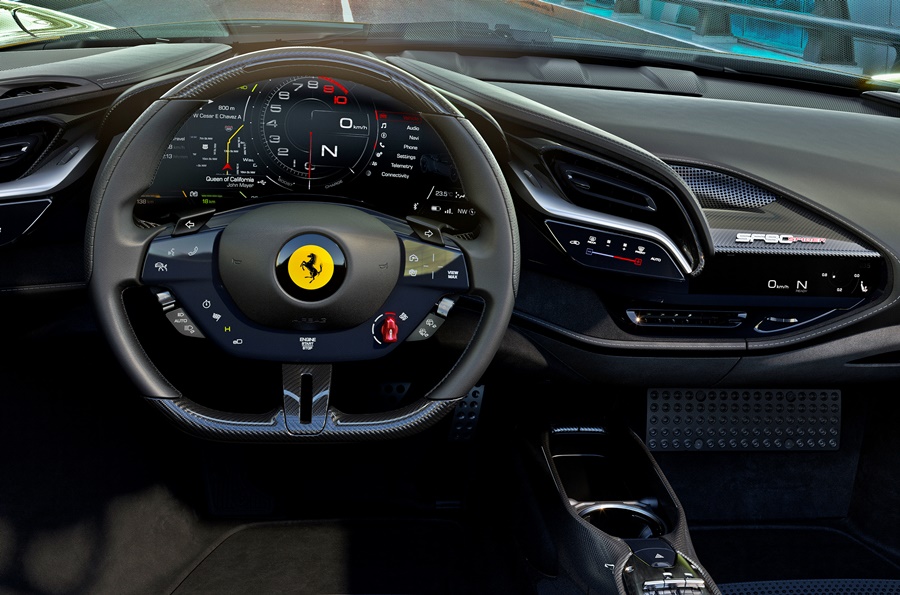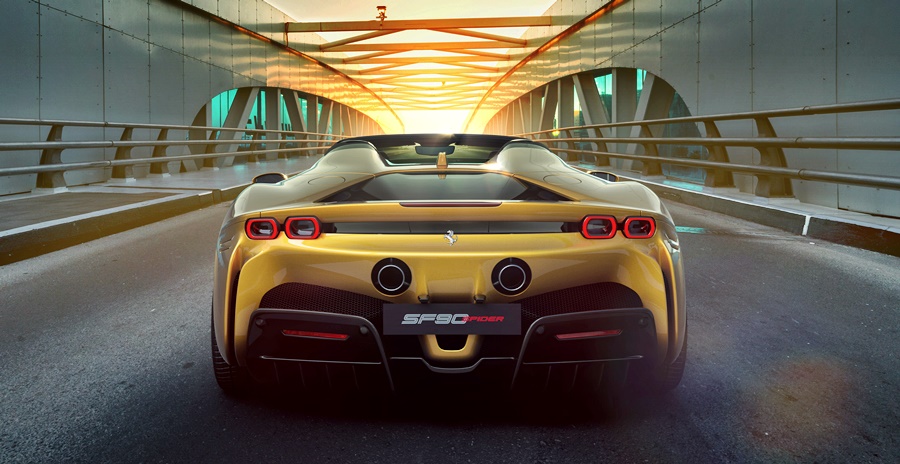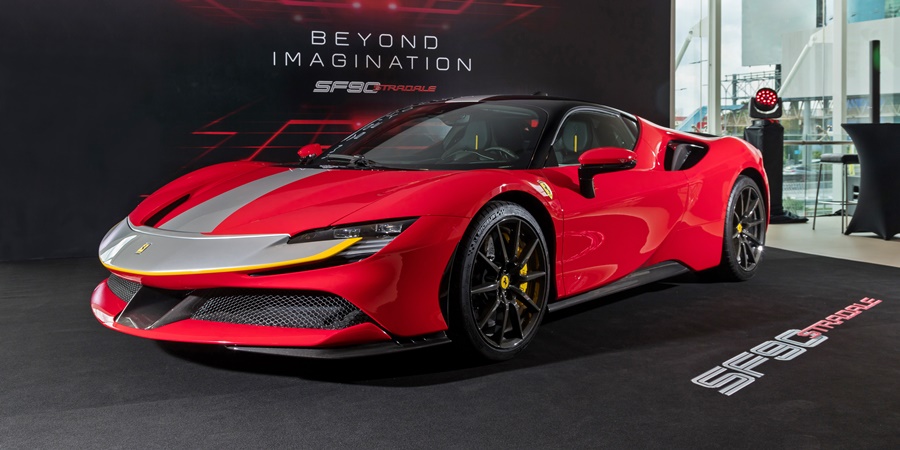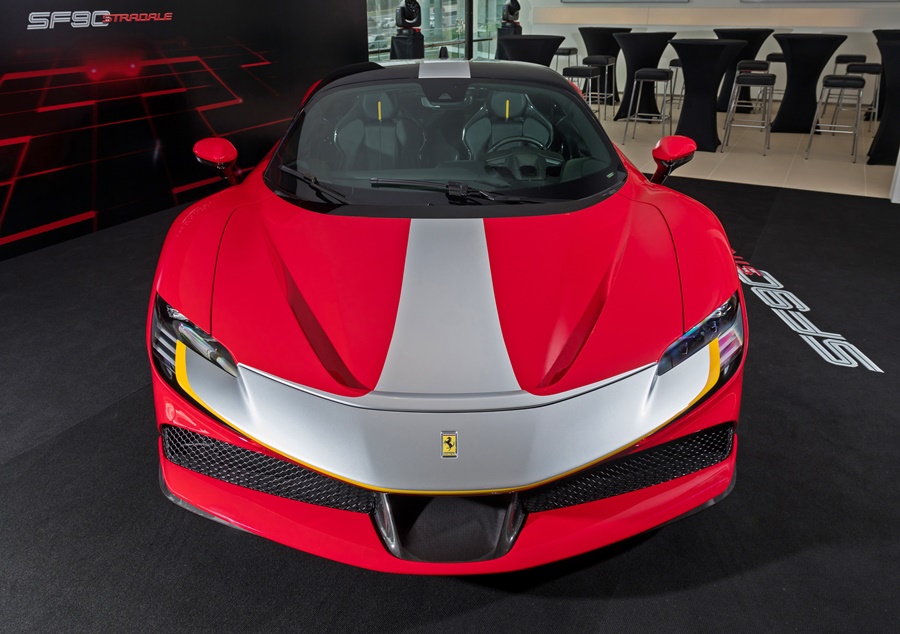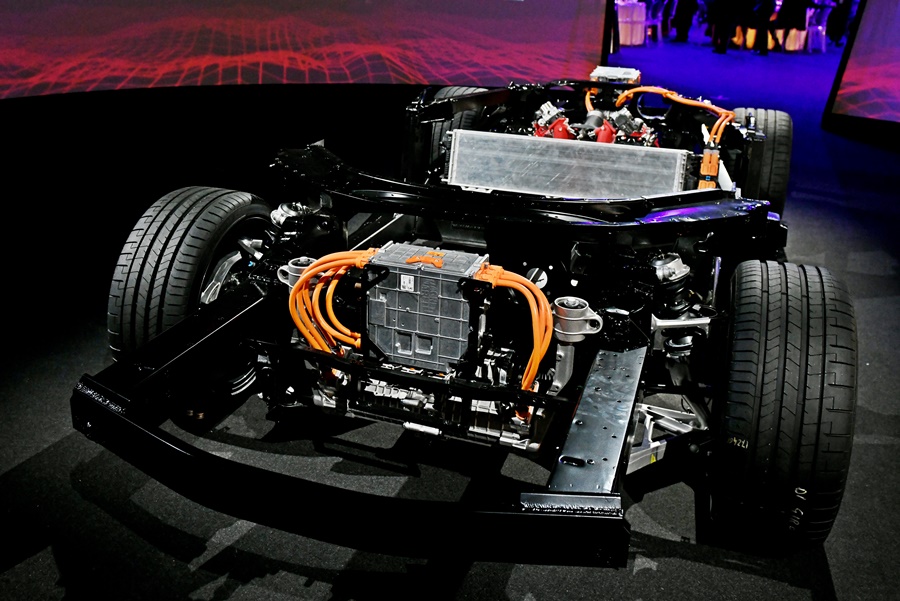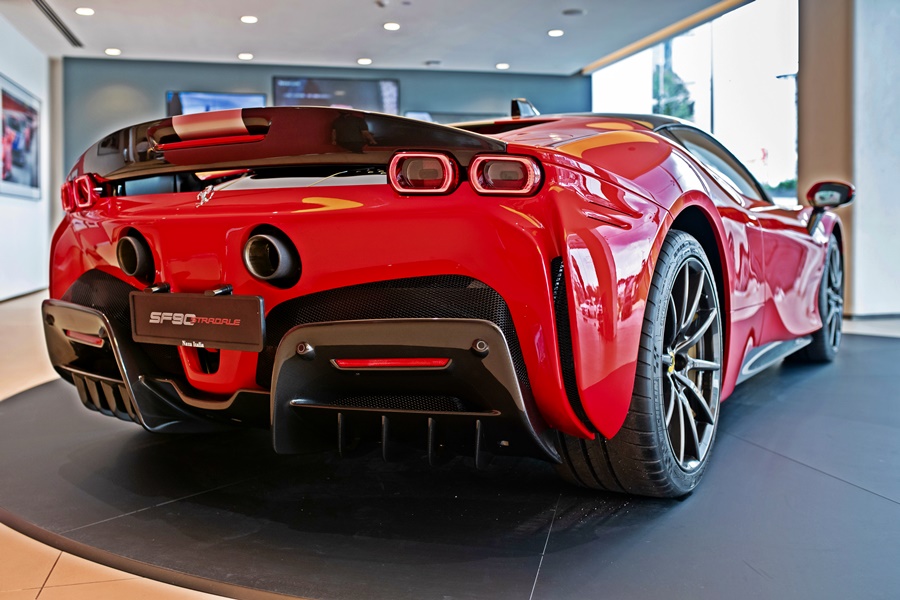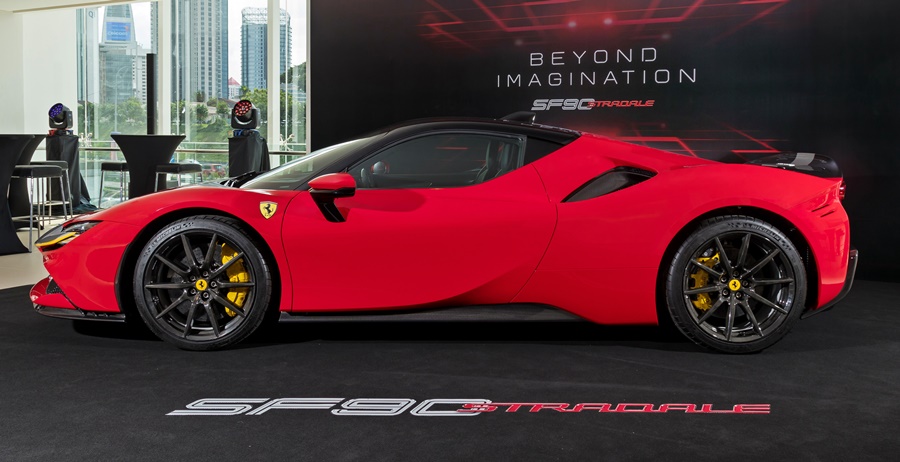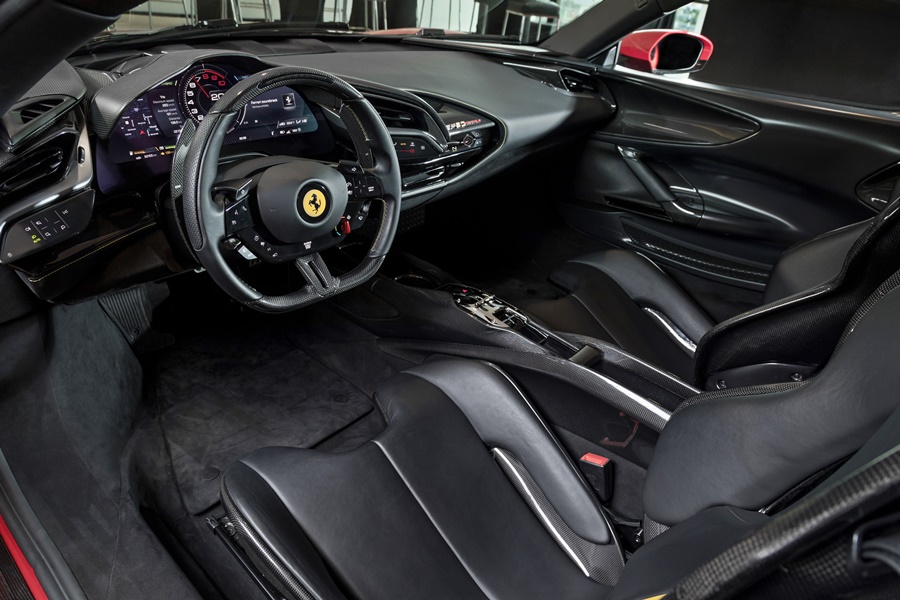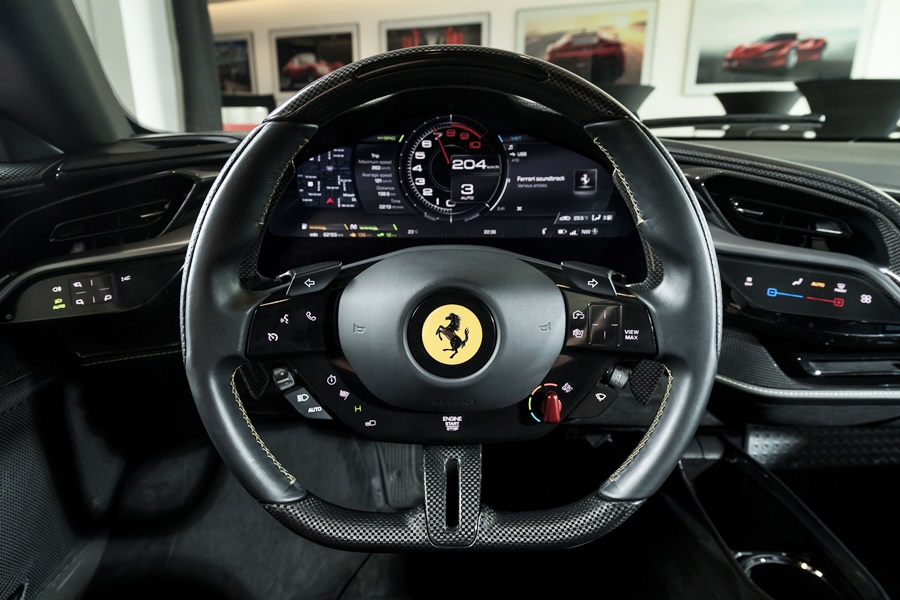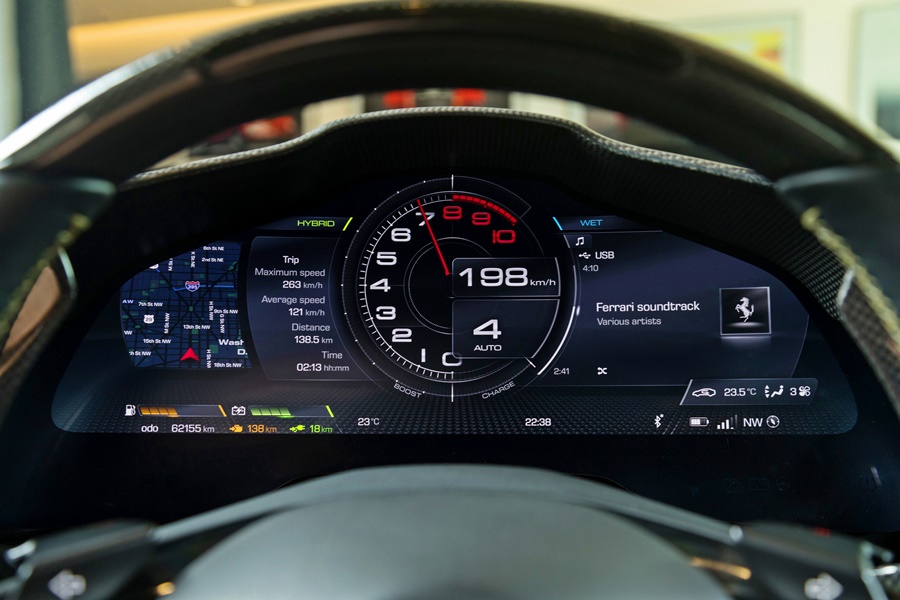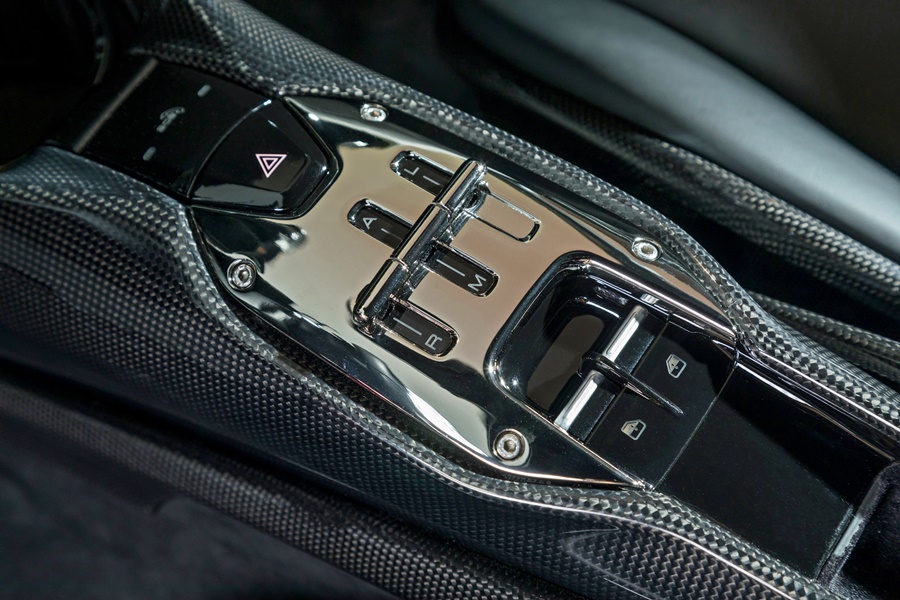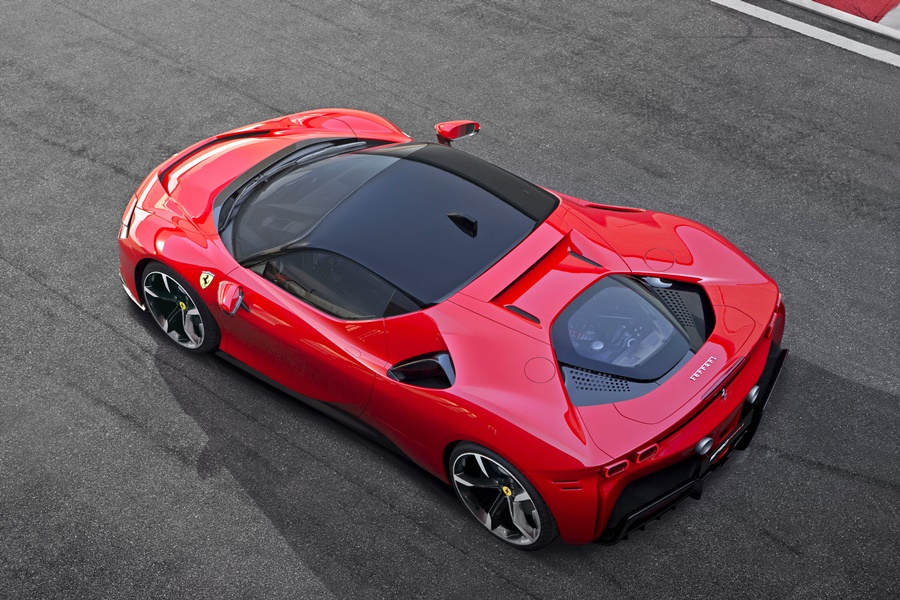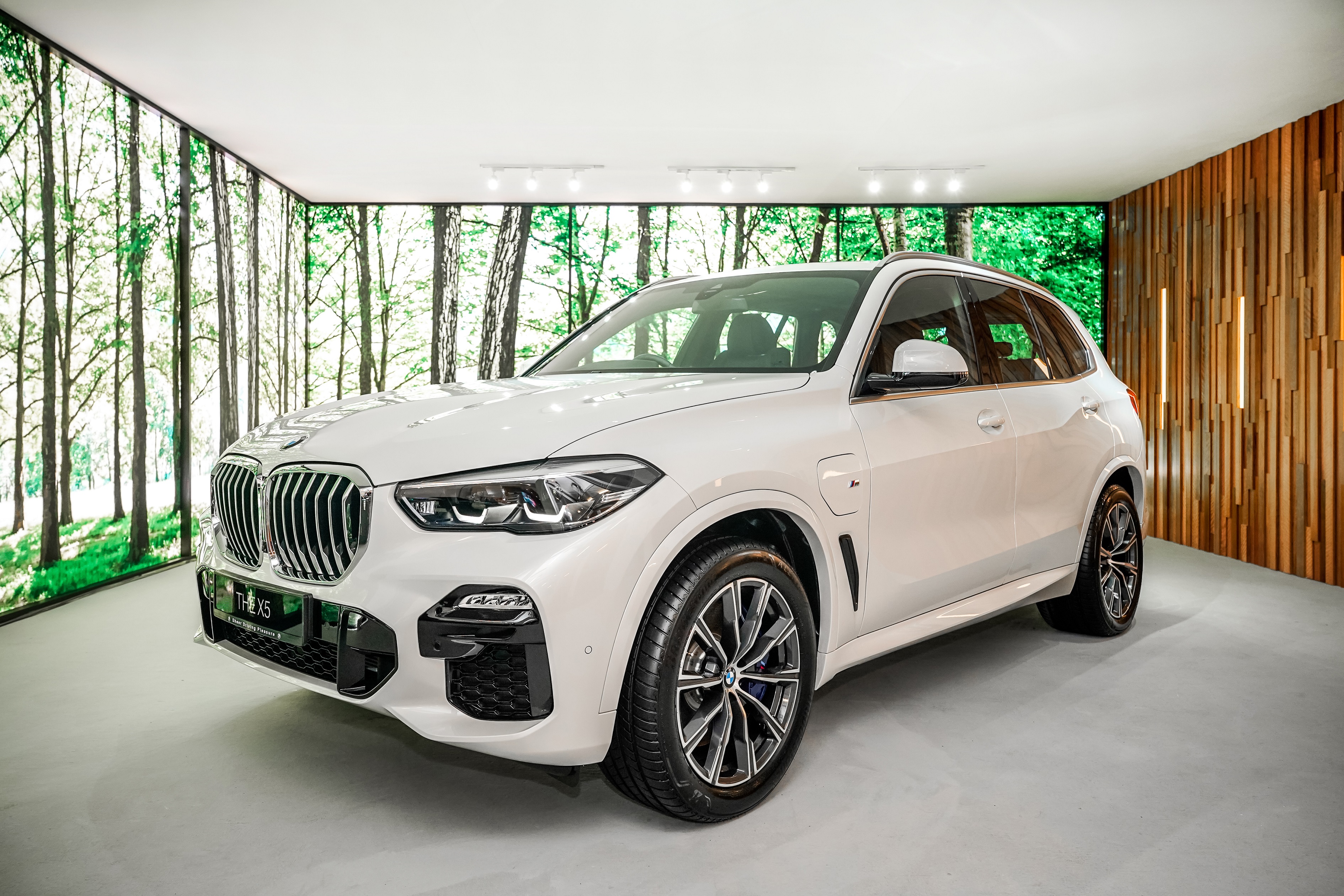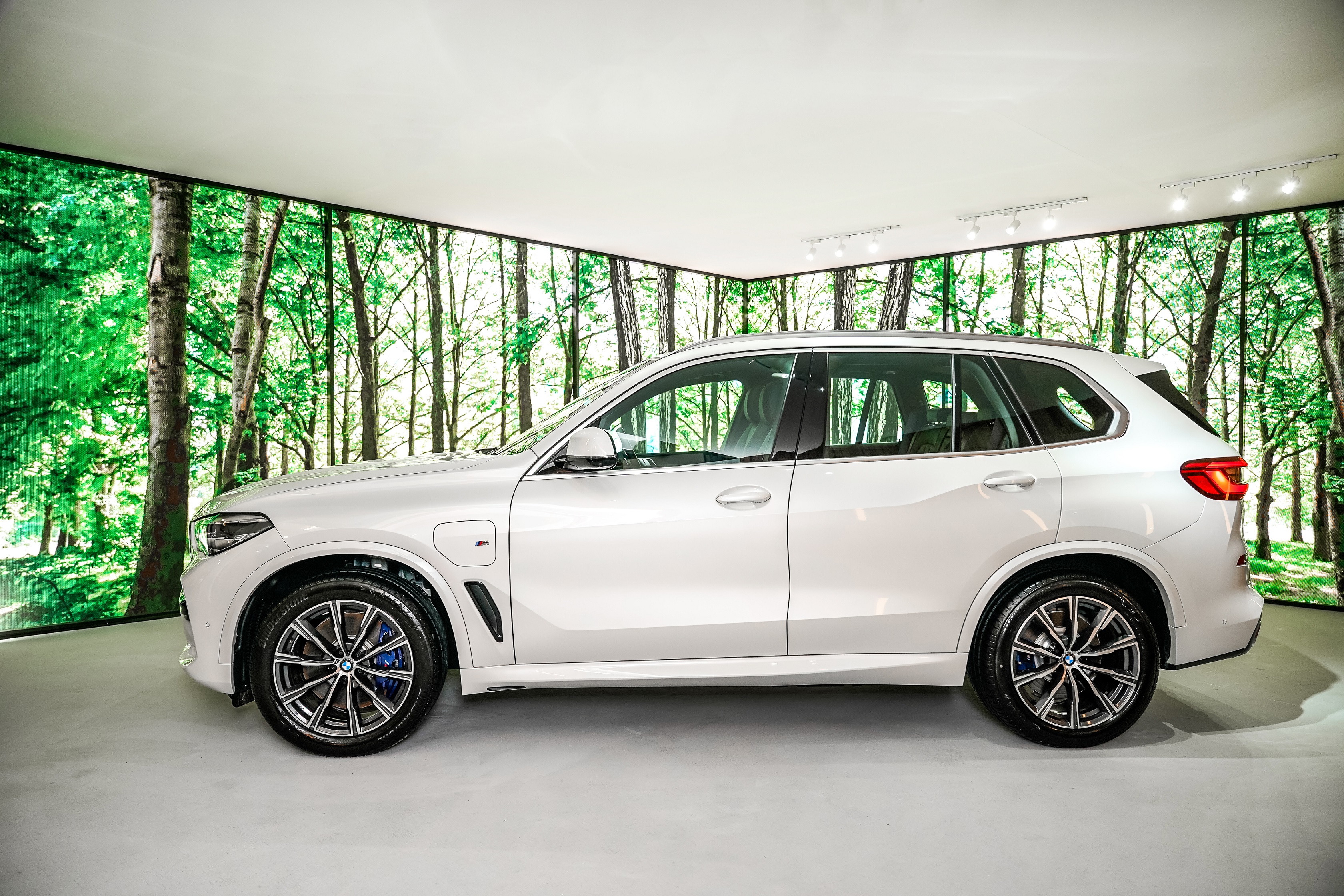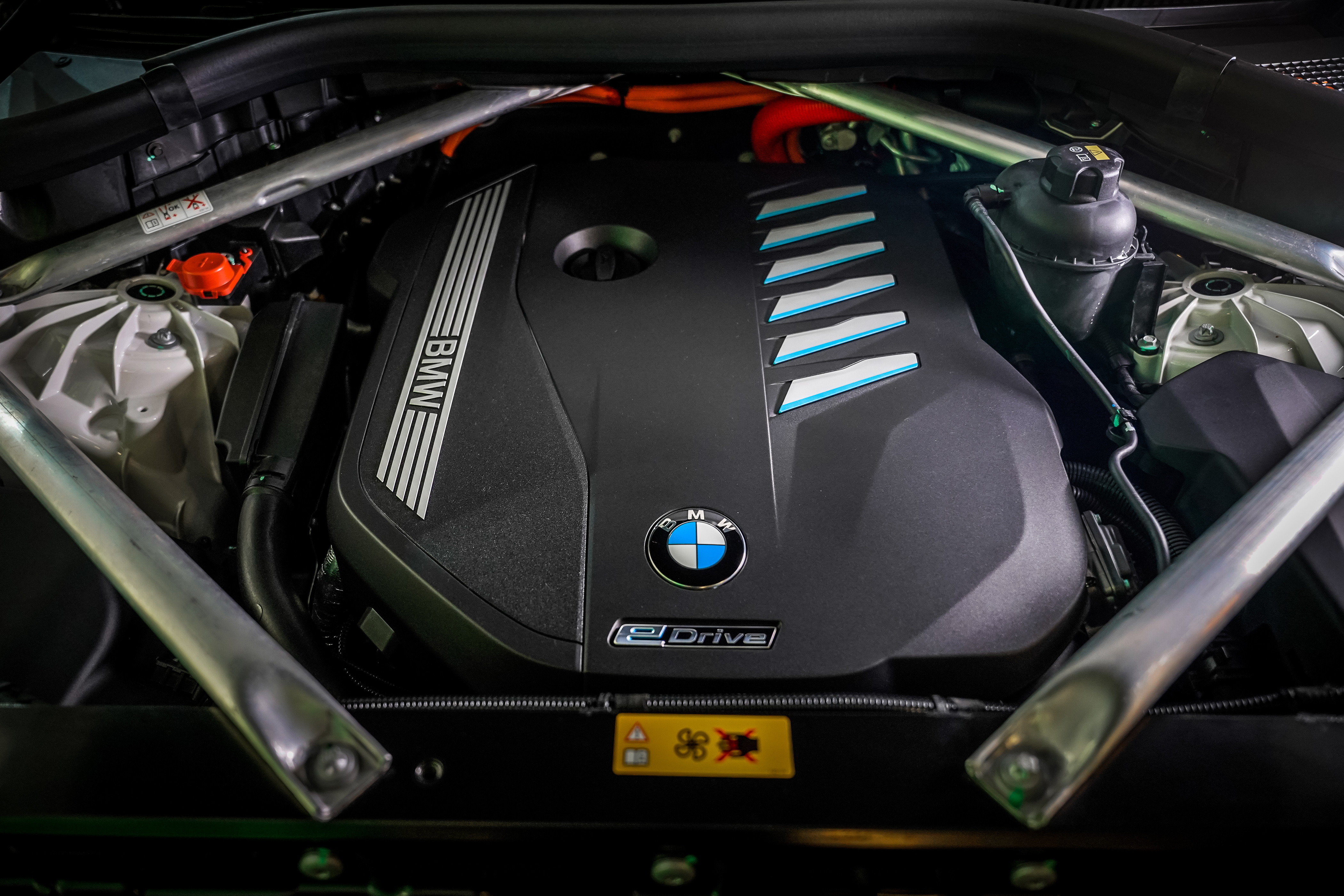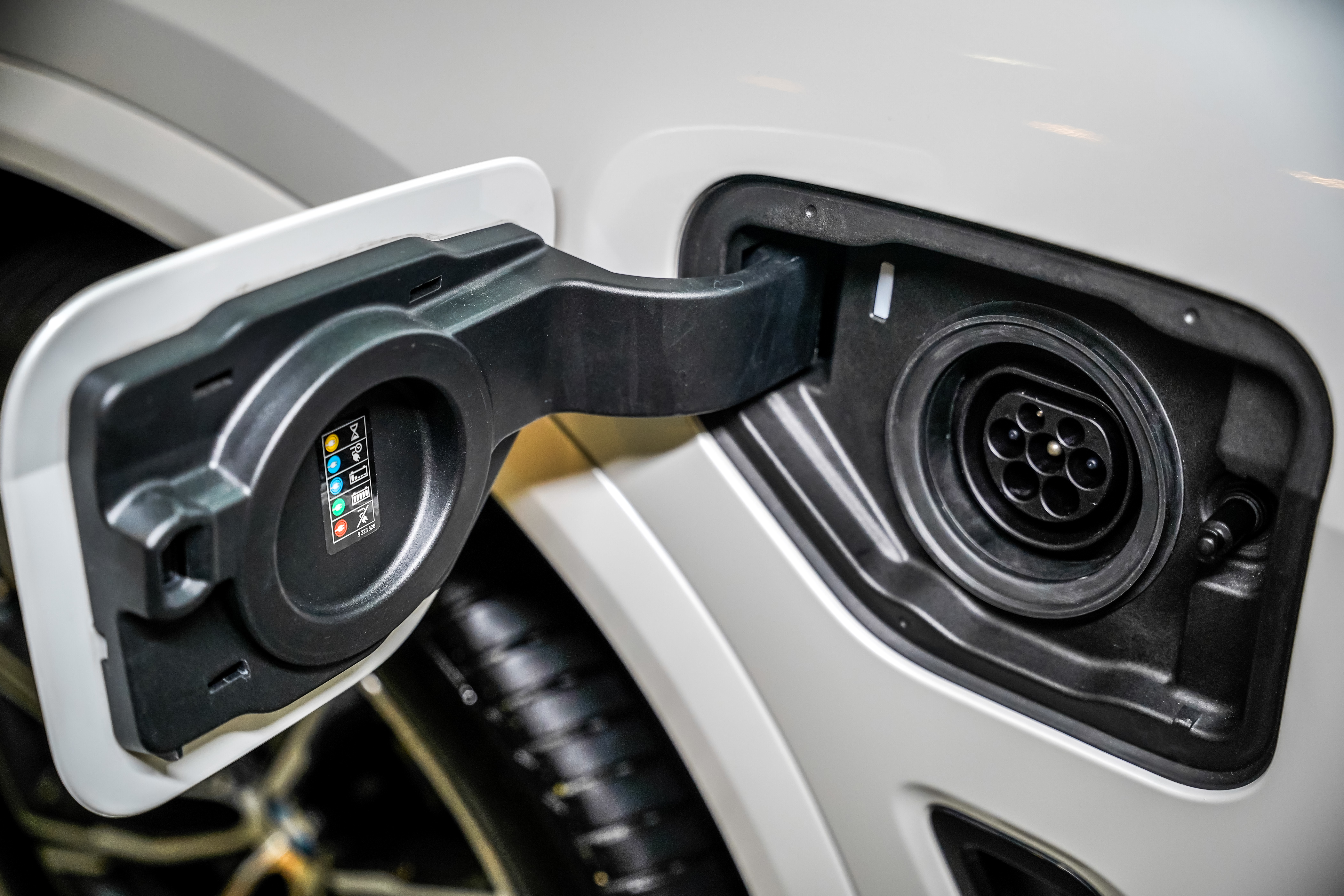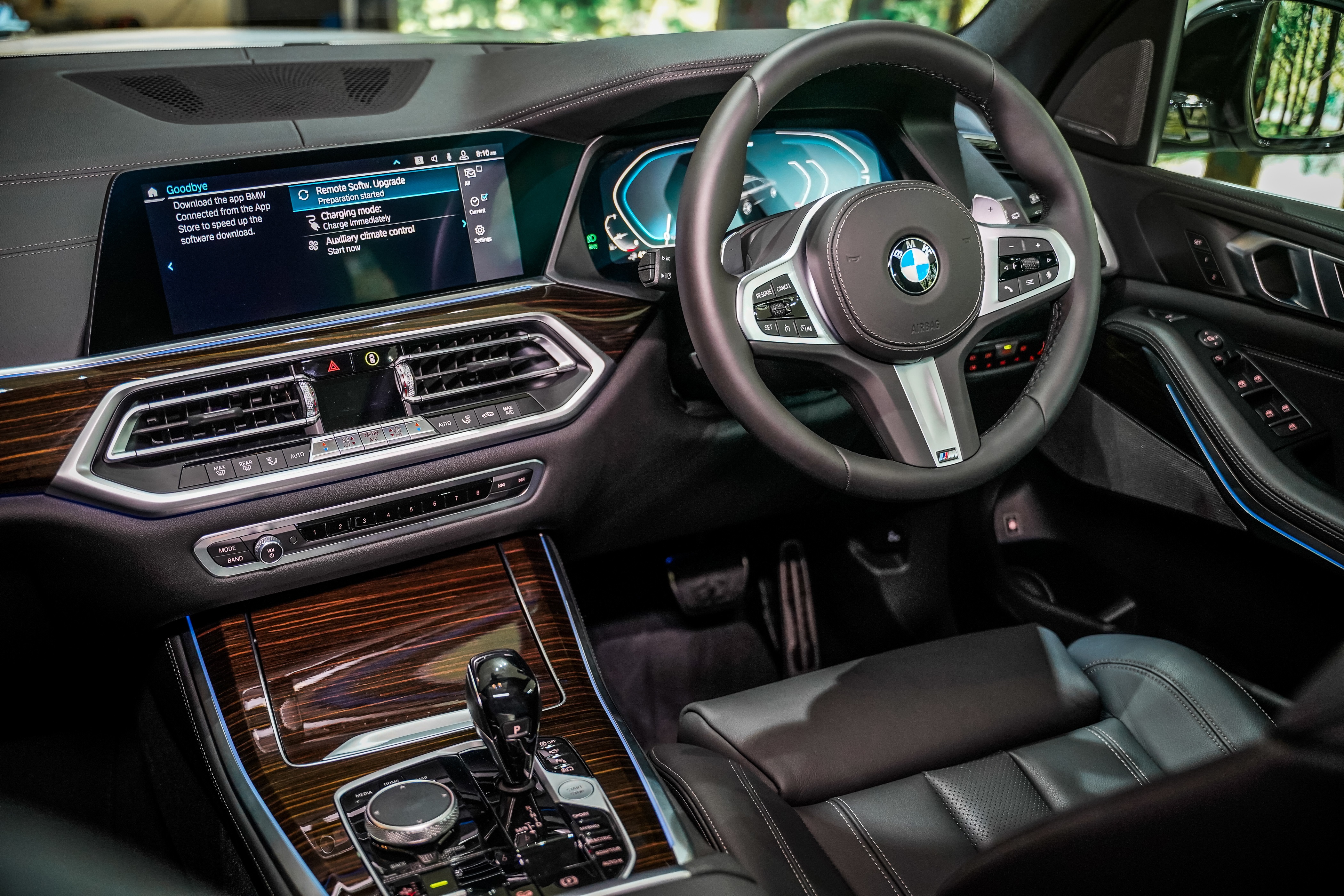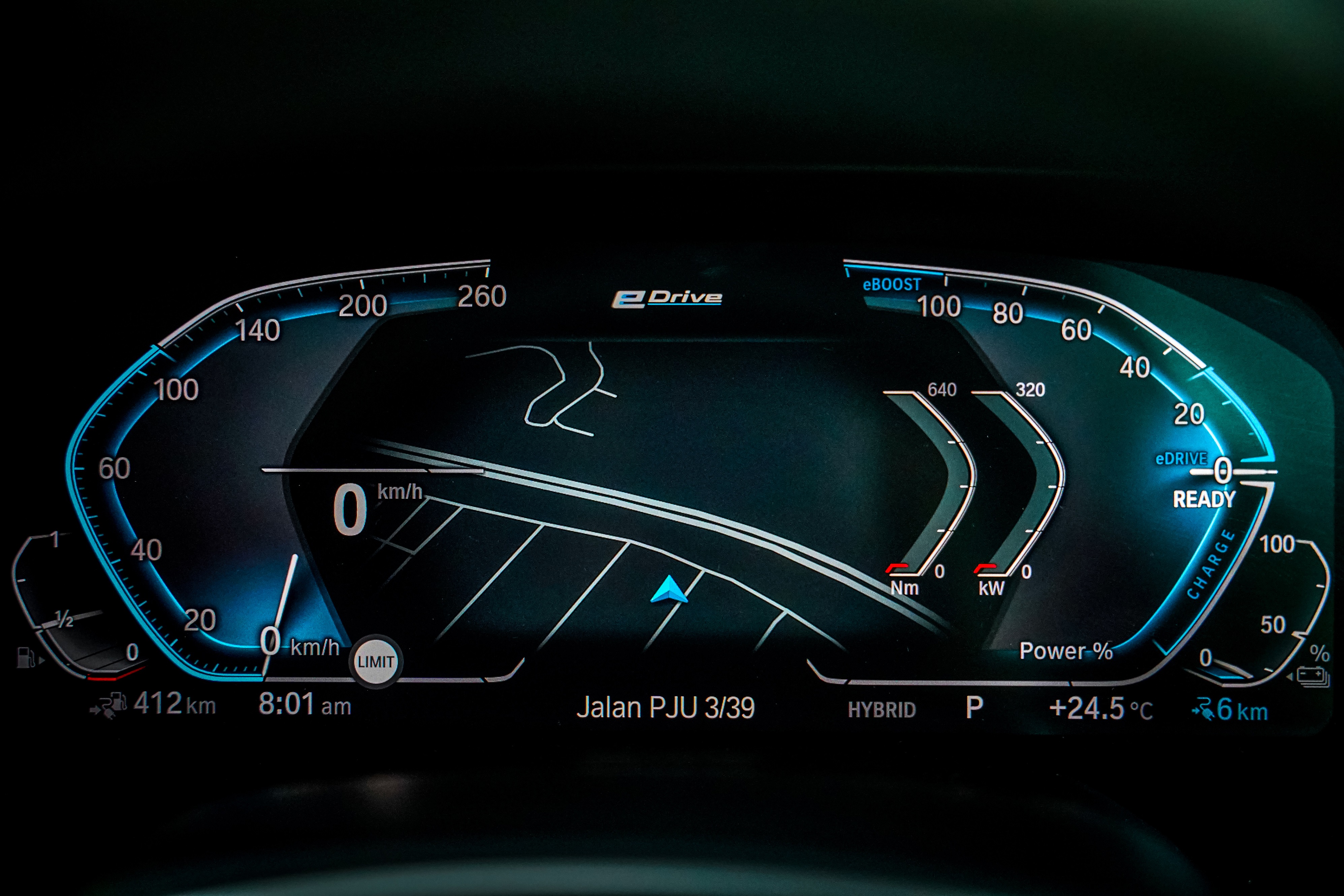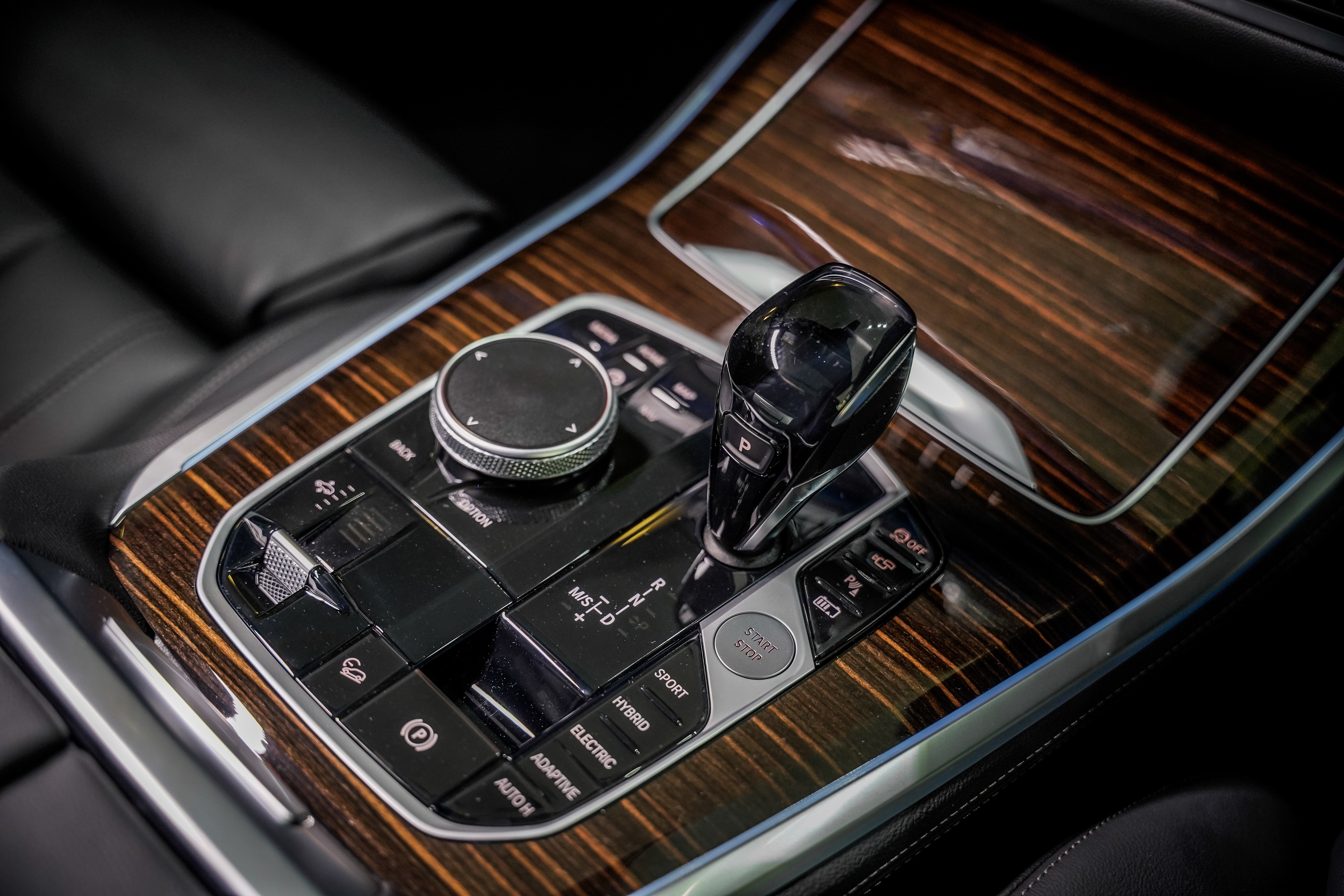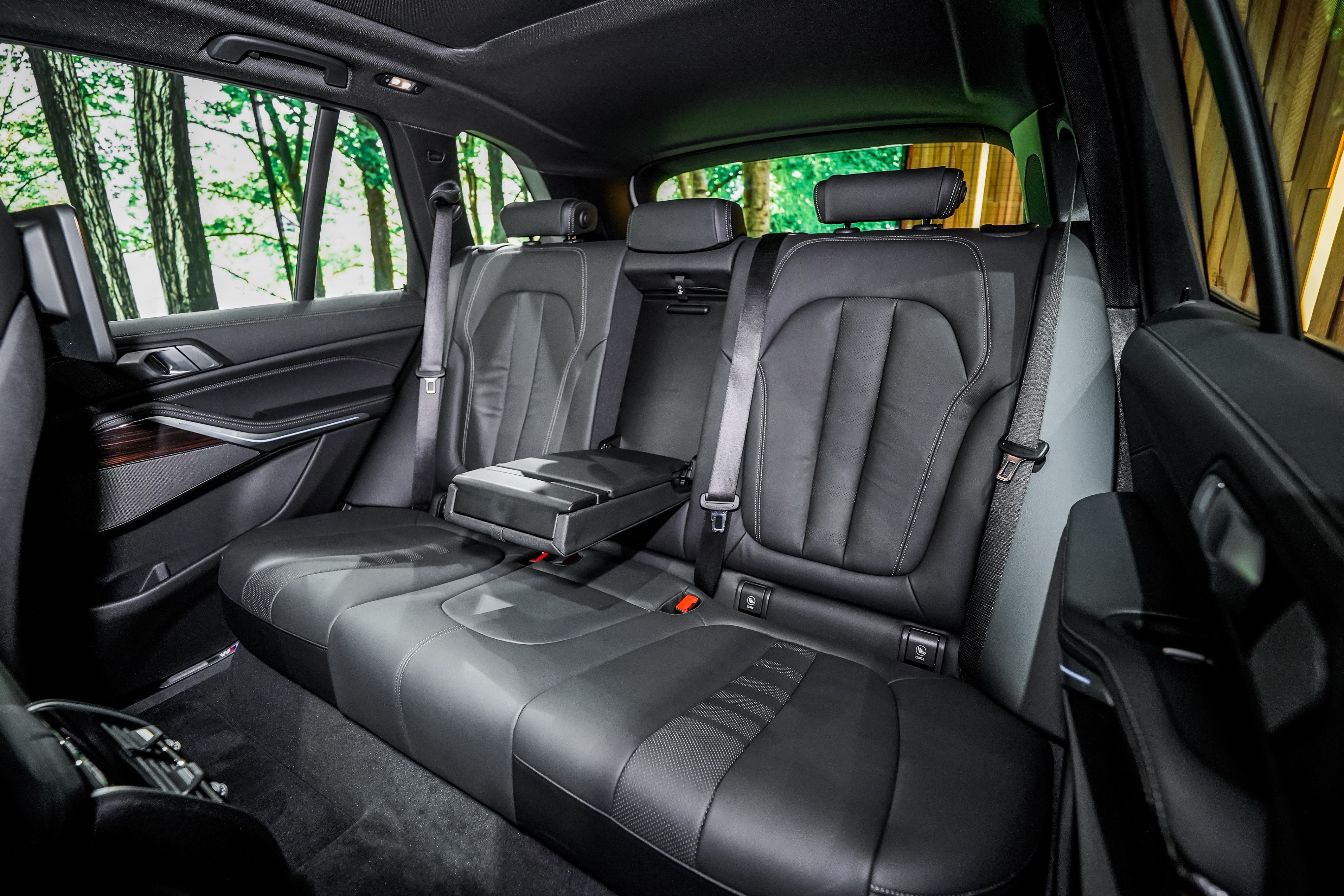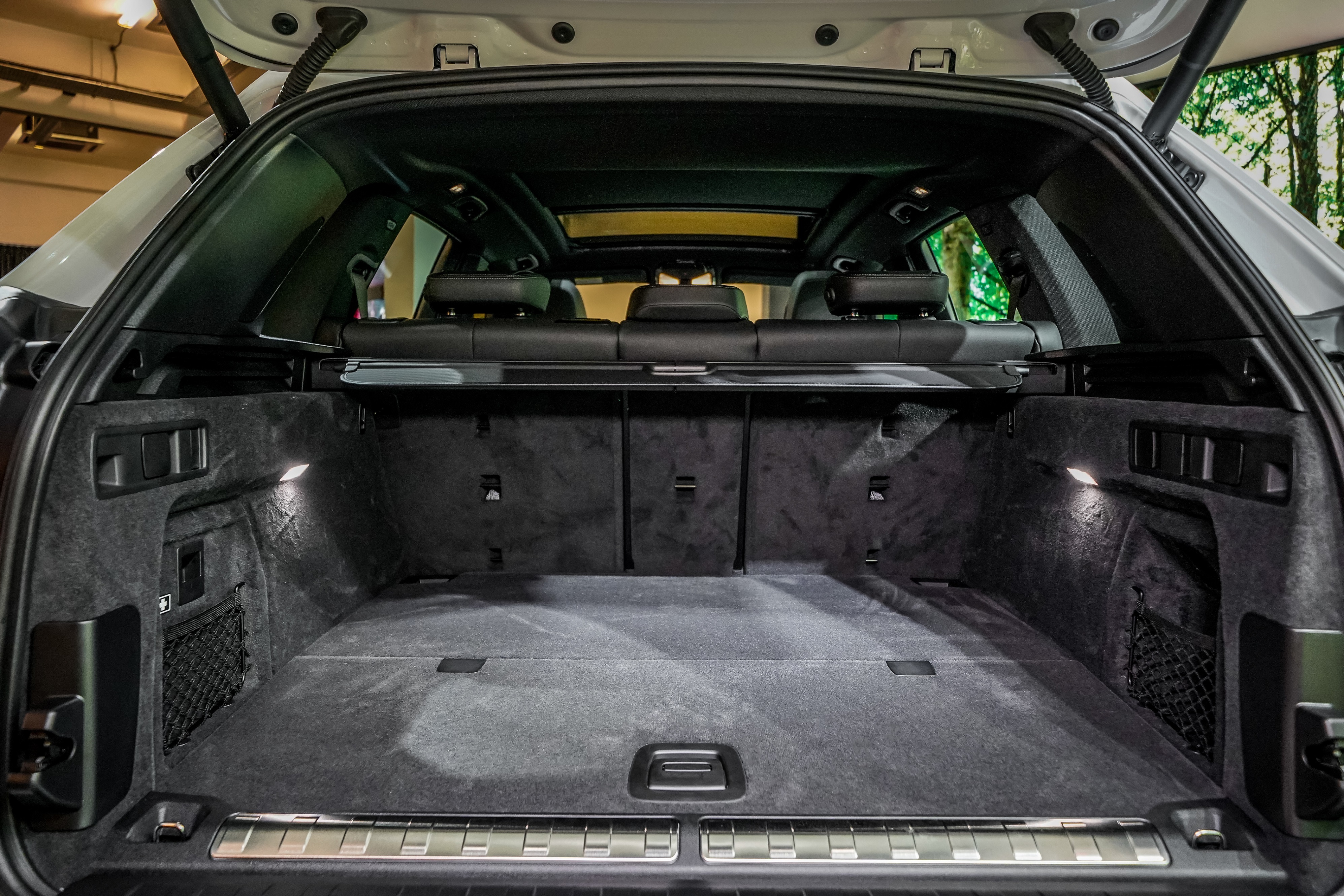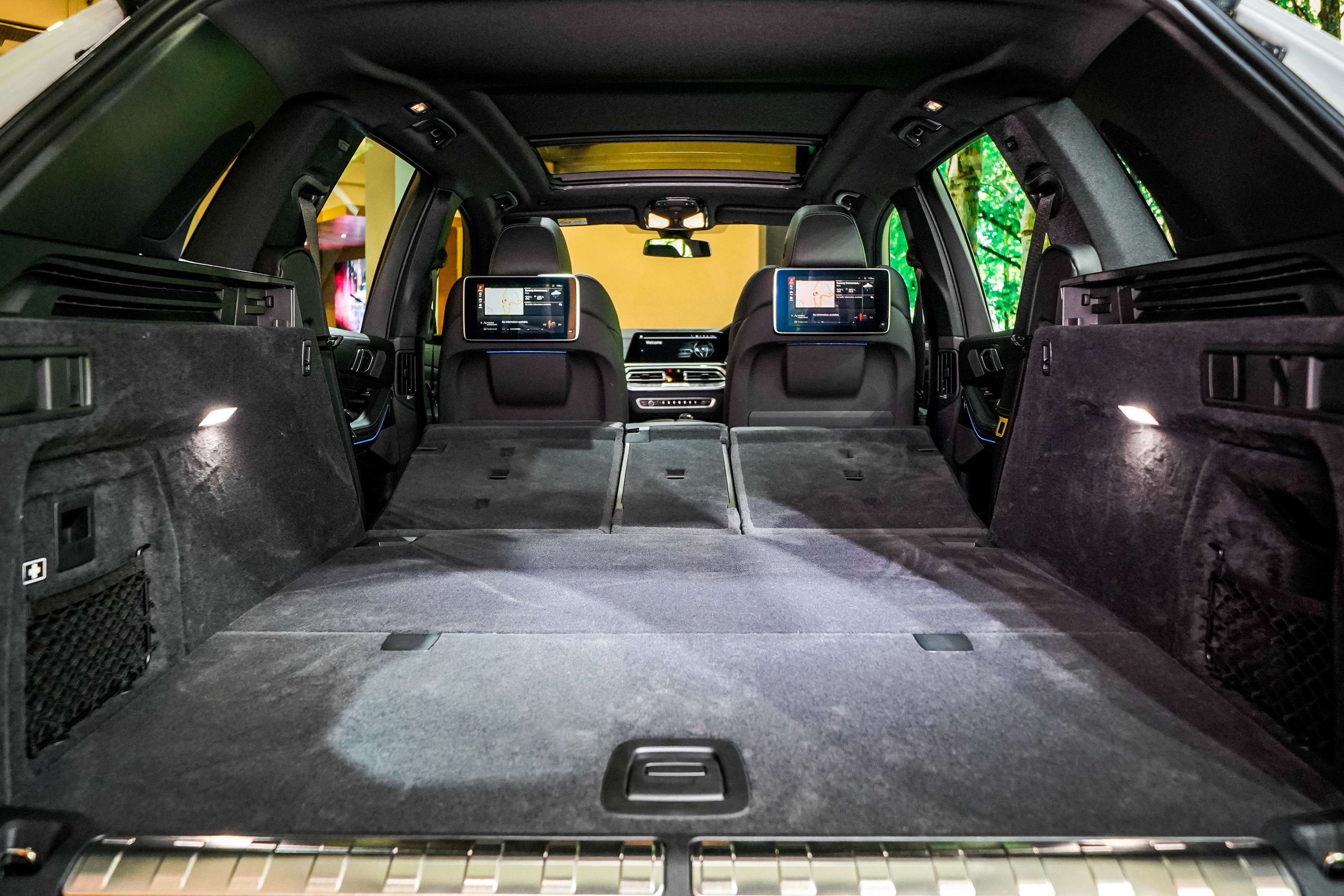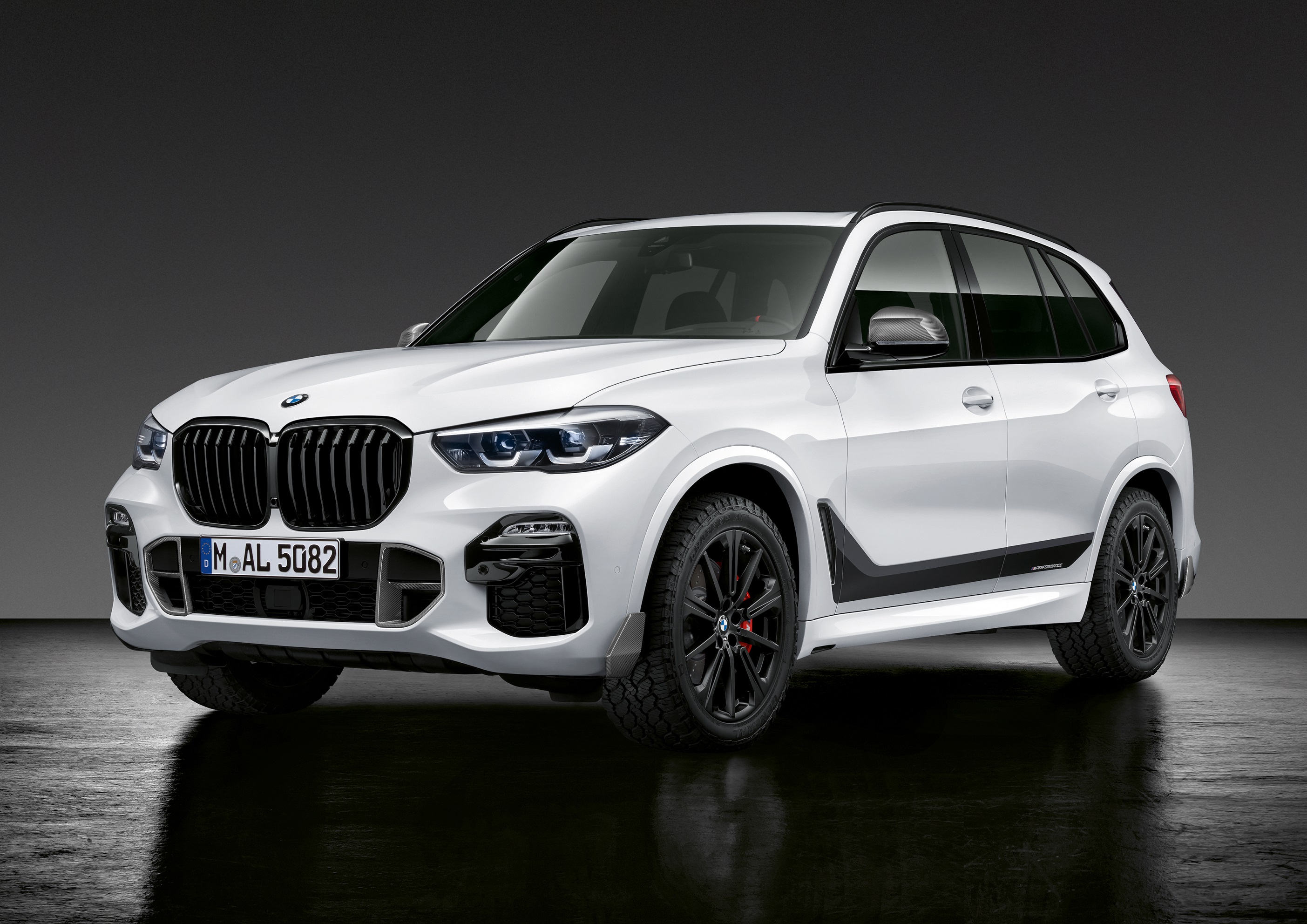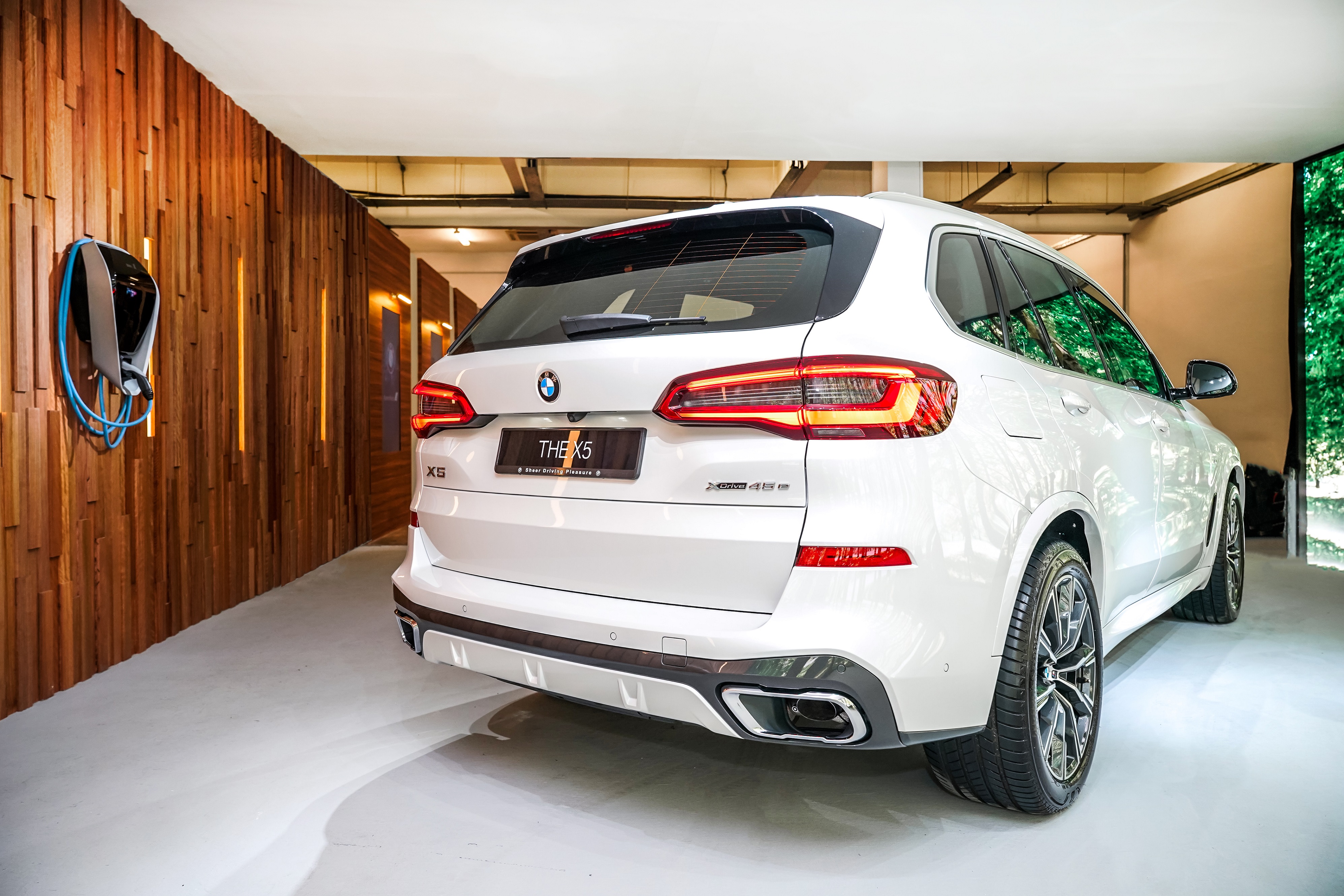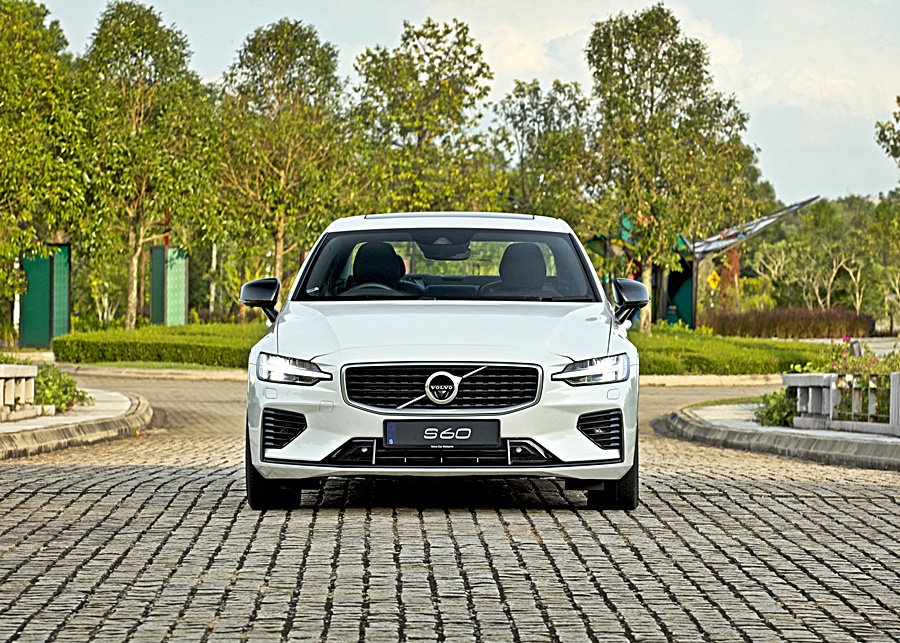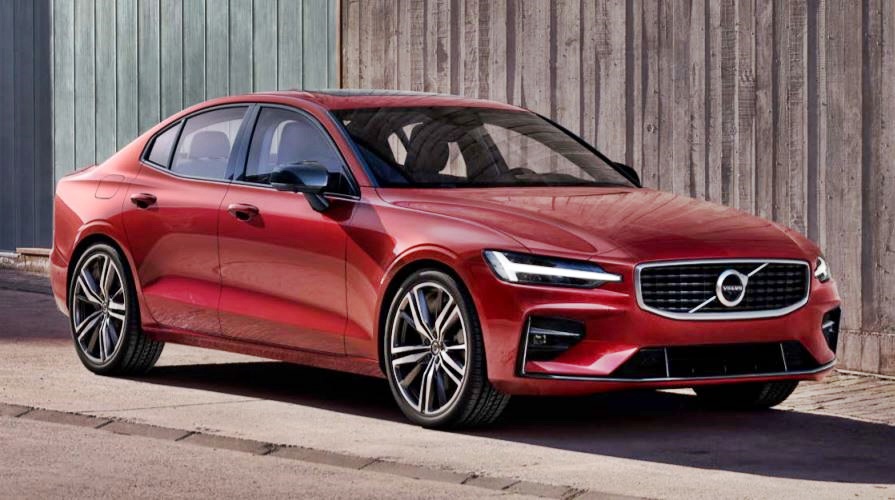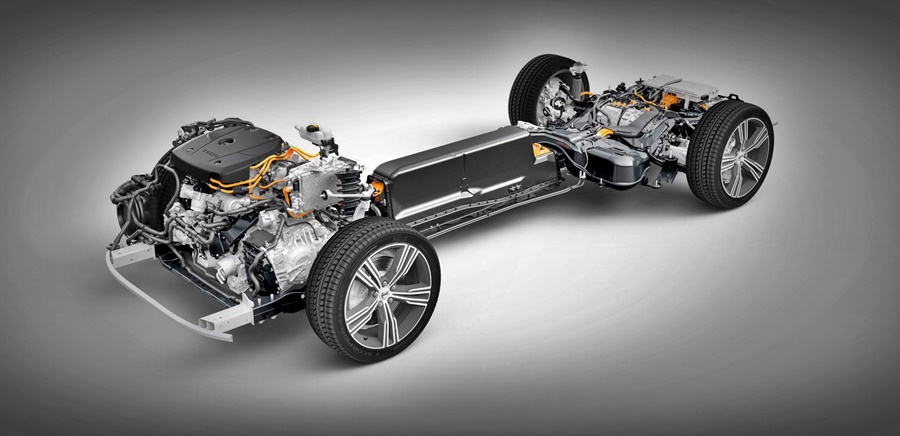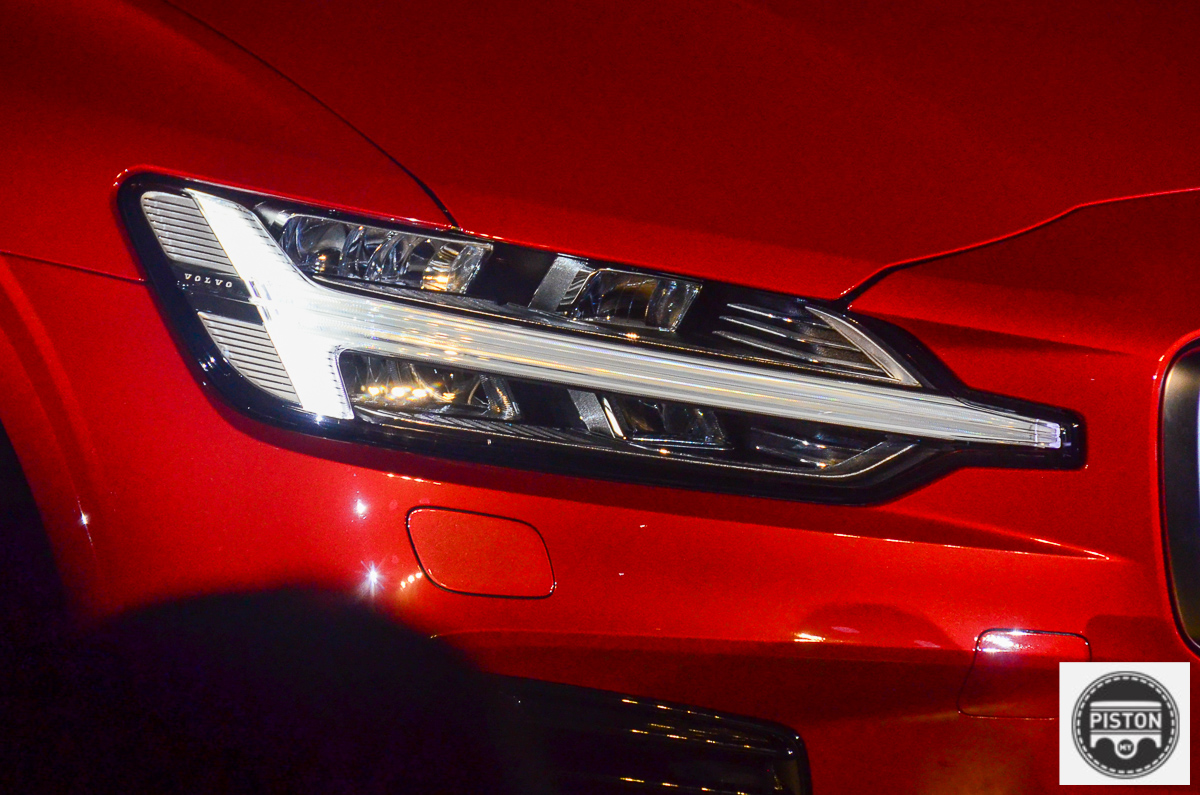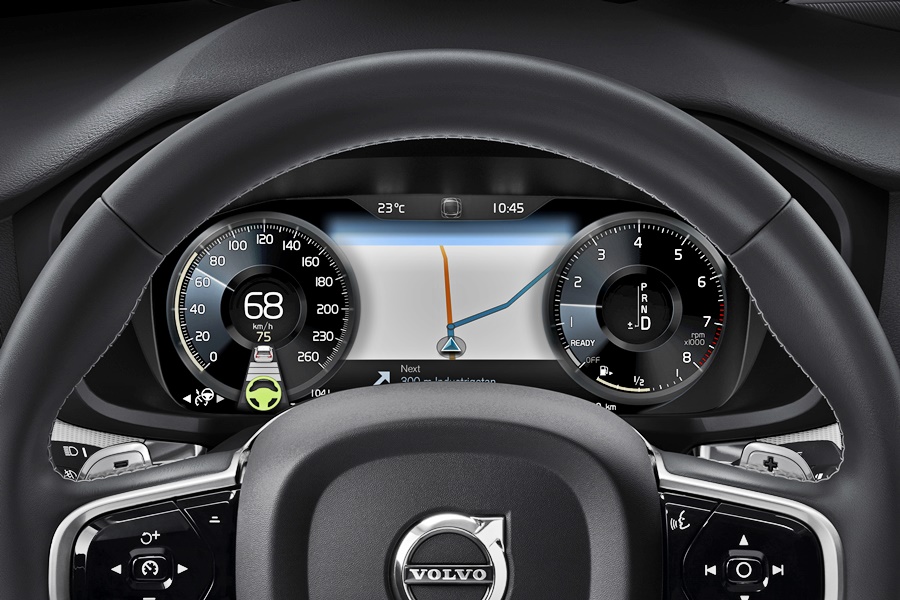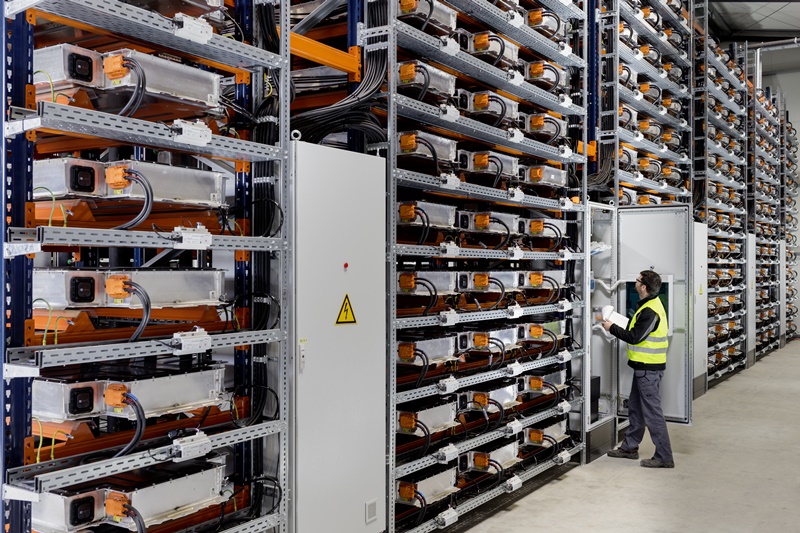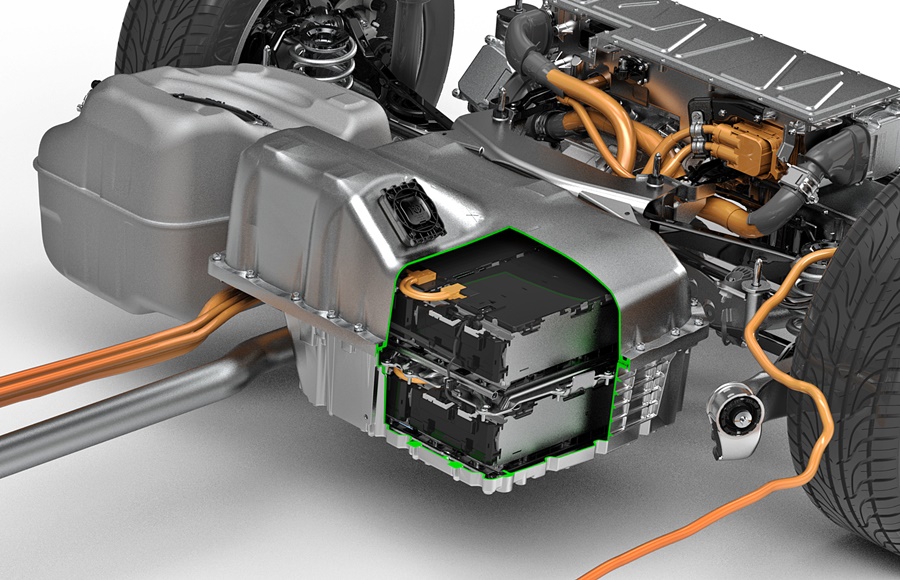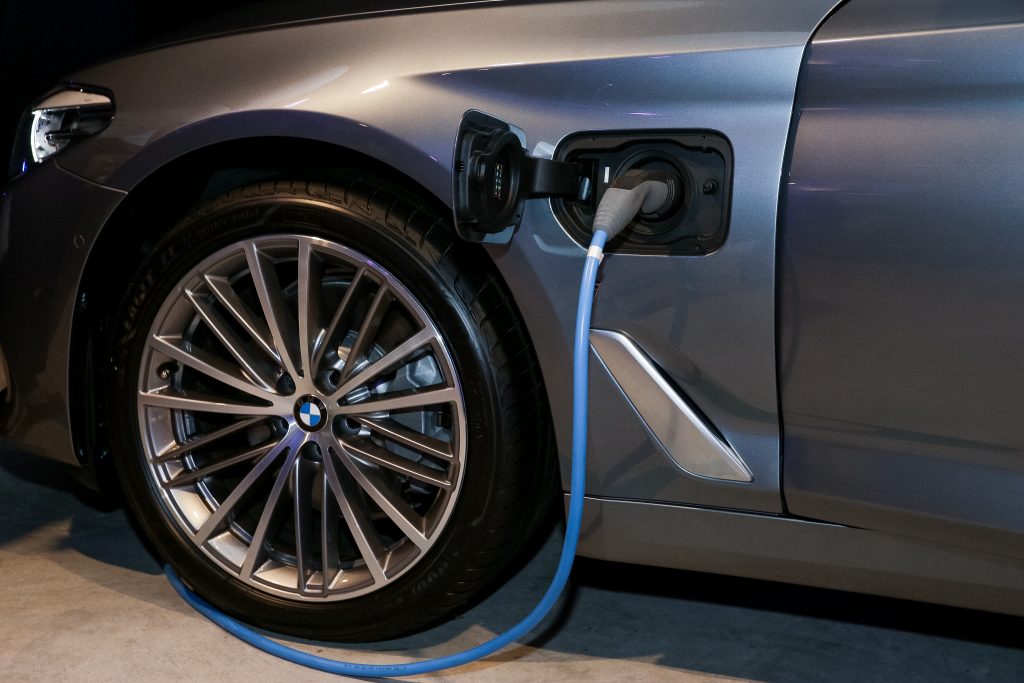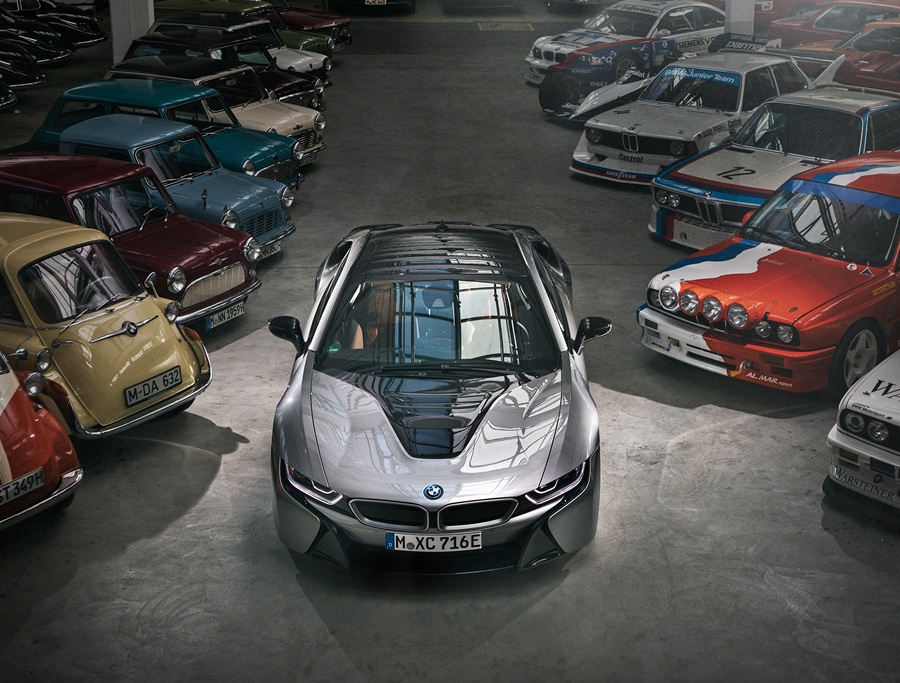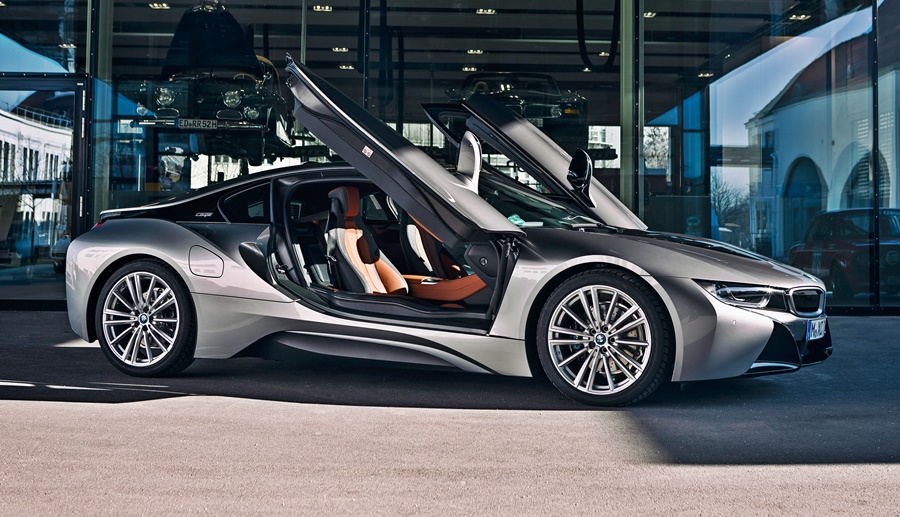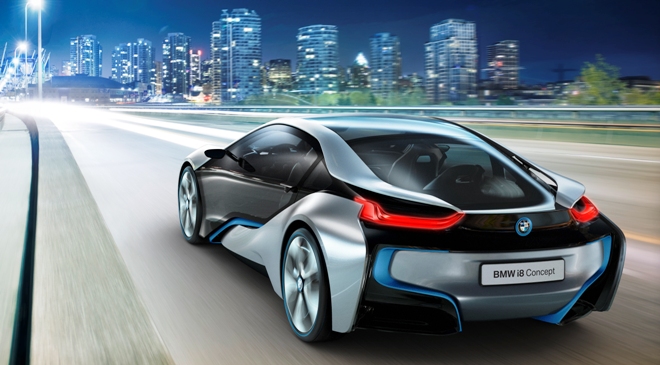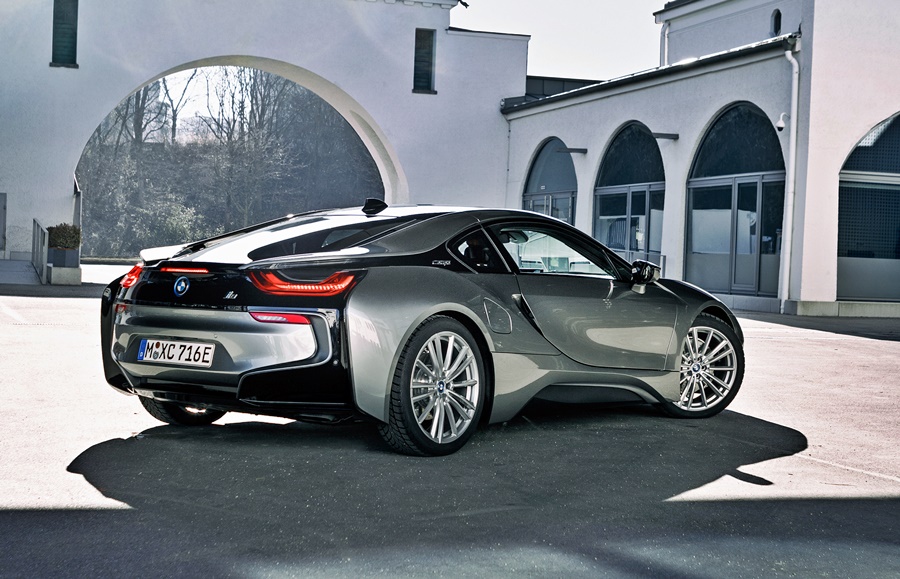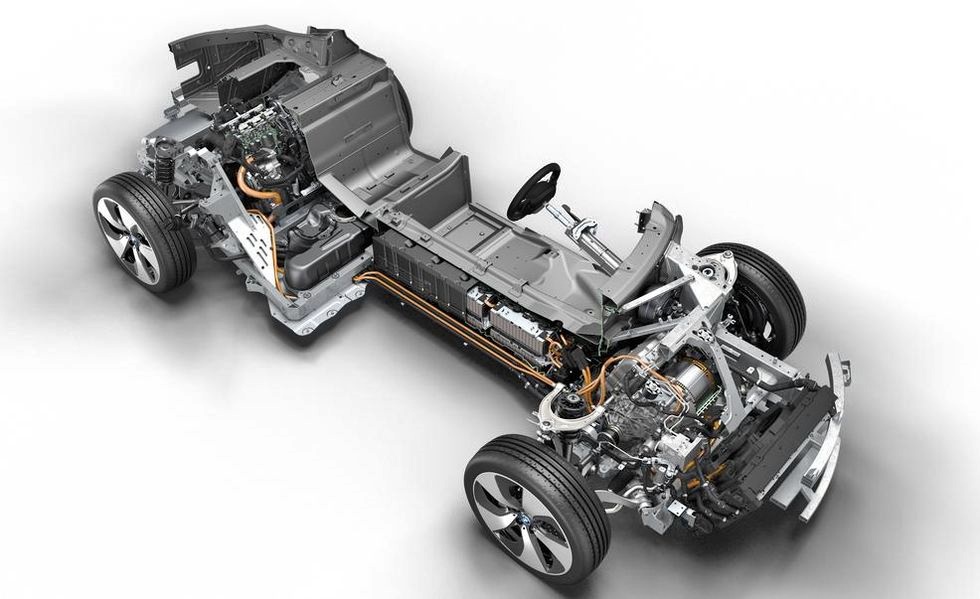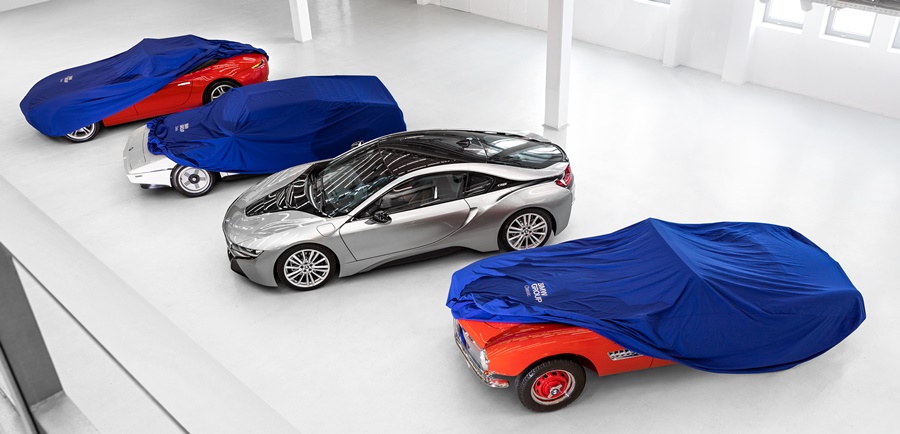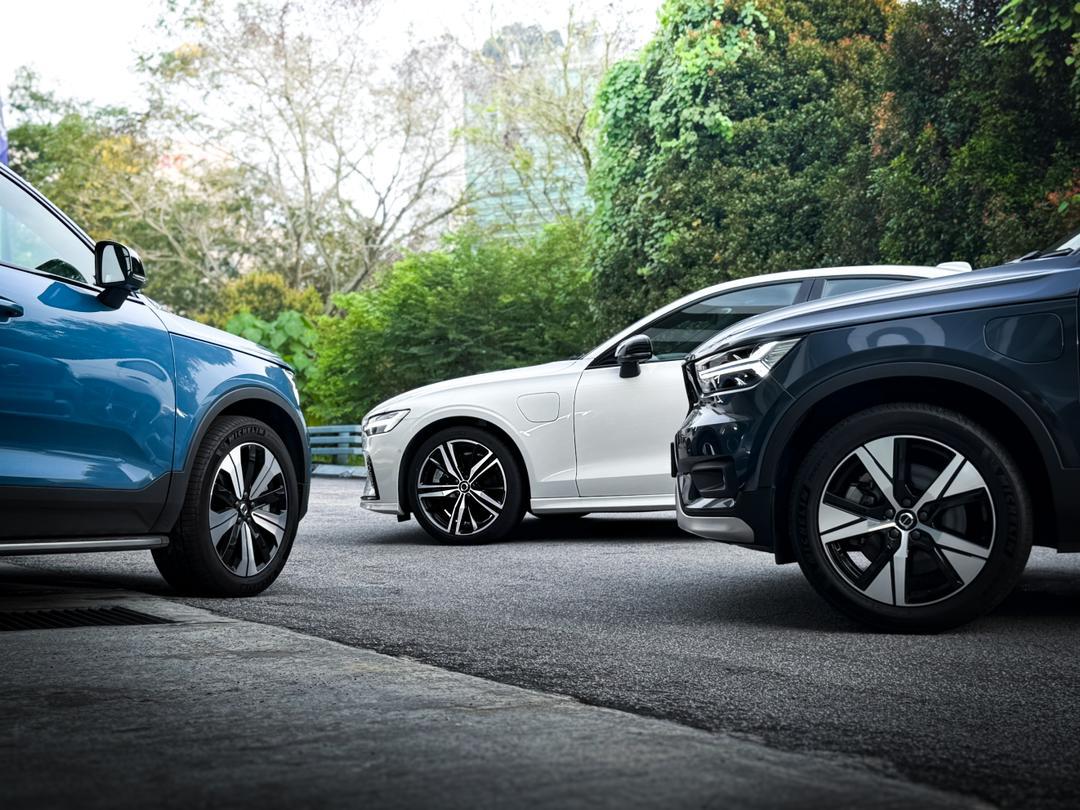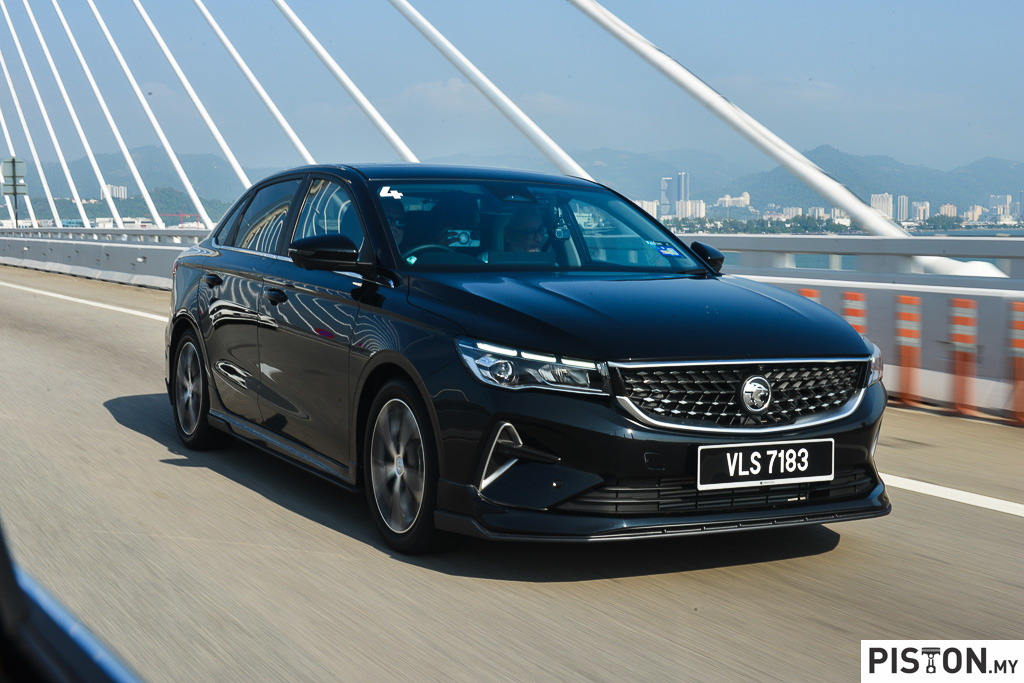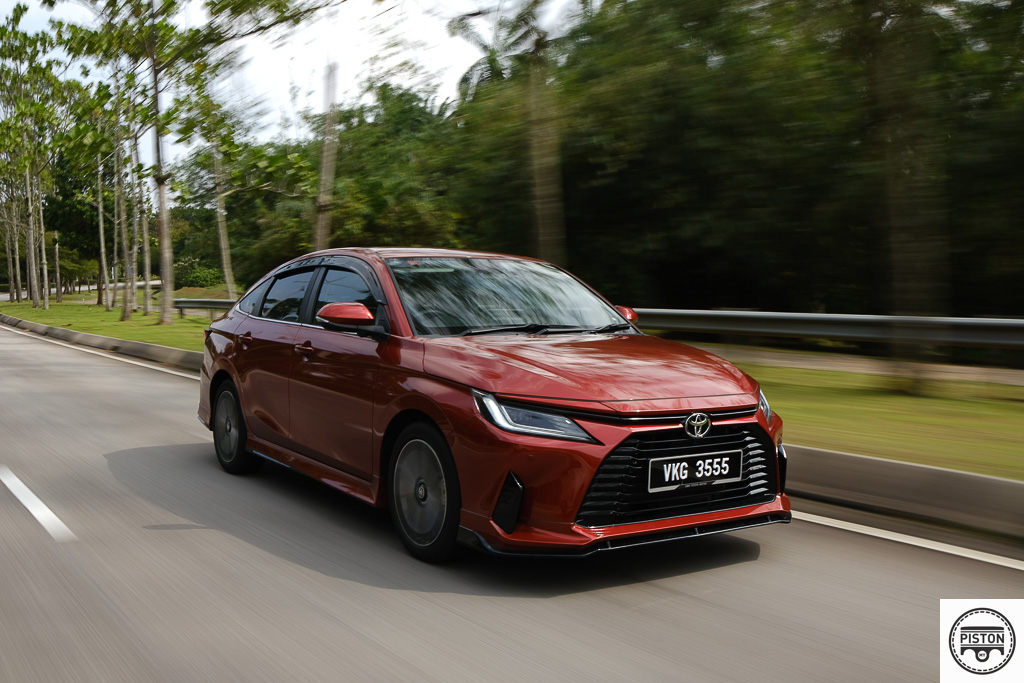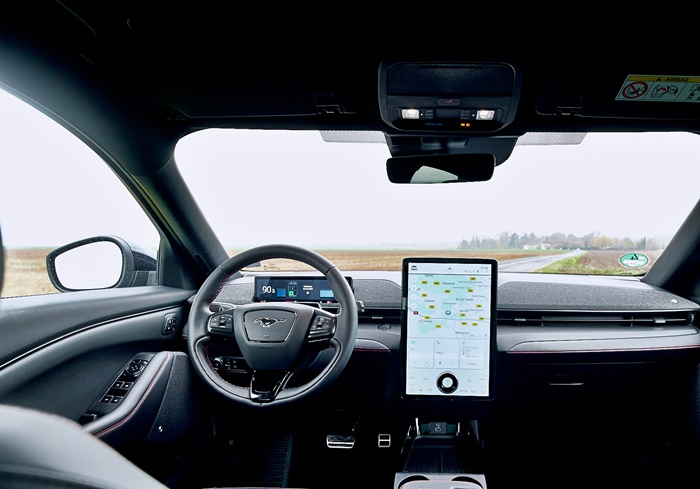With the pace of electrification accelerating, especially in Europe, it’s time for Ferrari to get more serious. Thus far, the company has already put a few hybrid models into the market – like the LaFerrari and SF90 Stradale – and with the new 296 GTB, the latest evolution of their mid-rear-engined two-seater Berlinetta gets a new hybrid engine as well.
All-new hybrid V6 engine
The engine is new – neither 8-cylinder nor 12-cylinder – but a 663 cv (553 ps) 120° V6 coupled with an electric motor that adds 122 kW (166 ps), giving a total system output of 830 ps. This is the first 6-cylinder engine installed on a Ferrari road car although the brand has had V6 engines going as far back as 1957 but only for its racing cars. The very first Ferrari V6 has 65° architecture and debuted on the 1500 cc Dino 156 F2 single-seater. V6 hybrid architecture has been used on all Formula 1 single-seaters since 2014.
In the case of the 296 GTB (the badge number is composed of its total displacement and the engine cylinders), the hybrid system is a plug-in (PHEV) type which can provide up to 25 kms of running on just electric power, it is claimed.
This new V6 has been designed and engineered from a clean sheet by Ferrari’s engineers specifically for this car and is the first Ferrari to feature the IHI turbos installed inside the vee. Aside from bringing significant advantages in terms of packaging, lowering the centre of gravity and reducing engine mass, this particular architecture is said to help deliver extremely high levels of power.
The result is that the new Ferrari V6, which has an 8-speed DCT, has set a new specific power output record for a production car and the maximum power output puts it at the top of the rear-wheel drive sportscar segment.
Sound-wise, the 296 GTB rewrites the rulebook by harmoniously combining two characteristics that are normally diametrically opposed: the force of the turbos and the harmony of the high-frequency notes of a naturally-aspirated V12. Even at low revs, inside the cabin, the soundtrack features the pure V12 orders of harmonics which then, at higher revs, guarantee that typical high-frequency treble.
Aerodynamic innovations
Apart from the powertrain innovation, the 296 GTB also has aerodynamic innovations that include, for the first time, an active device is being used not to manage drag but to generate extra downforce. The LaFerrari-inspired active spoiler integrated into the rear bumper allows the 296 GTB to generate a high level of rear downforce when required – up to 360 kgs at 250 km/h in high- downforce configuration with the Assetto Fiorano package.
The brake cooling system was developed around the Aero calipers introduced on the SF90 Stradale with ventilation ducts integrated into their castings. This brake cooling concept requires a dedicated duct to correctly channel cool air coming in through the air intakes on the front bumper through the the wheelarches. In the case of the 296 GTB, the intake has been integrated into the headlight design.
The styling of the tail shows a break from traditional Ferrari coupe design by adopting an architecture that creates a spider-like discontinuity between roof and rear engine cover. This choice makes the 296 GTB both unique and instantly recognisable and, from an aerodynamic perspective, led to the addition of a new wing profile on the roof which extends into two side fins that hug the edges of the rear engine cover.
Cabin evolved from SF90 Stradale
The 296 GTB’s cabin area was developed around the new concept of an entirely digital interface which was first adopted by the SF90 Stradale. With the SF90 Stradale, the interior designers wanted to highlight the presence of the advanced technology and underscore a clear break with the past; in the case of the 296 GTB, the idea was to clothe that technology in a sophisticated way. The result is a pure, minimalistic connotation characterised by a powerful elegance that, on an aesthetic level, perfectly mirrors the design of the exterior.
The 296 GTB’s cabin raises the concept of the formal purity of the functional elements to new heights. From a formal perspective, when the engine is off, the onboard instruments go black, enhancing the minimalist look of the cabin. Exclusive Italian leather trim to the seats and trim is further enhanced by the noble technical materials used on the functional components. The sculptural door panels are seamless continuations of the dashboard in terms of both materials and colour.
Assetto Fiorano package
For customers who want to experience the full performance of the car, the Assetto Fiorano package is available and provides significant weight reduction and aero content. It includes special GT racing-derived adjustable Multimatic shock absorbers, high downforce carbonfibre appendages on the front bumper, a Lexan rear screen, and more extensive use of lightweight materials such as carbonfibre for both cabin and exterior.
The Assetto Fiorano package involves much more than simply replacing elements. Some components require the standard basic structure to be redesigned, including the door panel, resulting in an overall weight-saving of 12+ kgs.


